TOPICS
Housing
Aggressive policing has hidden costs. This study provides some of the first empirical evidence that intensified policing can lead to gentrification. Our findings challenge conventional wisdom about the causes of neighborhood change and offer a crucial lens to understand how law enforcement policies shape the places we live—sometimes subtly, sometimes dramatically.
As cities confront issues of inequality, racial justice, and housing displacement, studies like this reveal why rethinking public safety is not just about crime—it's about who has the right to belong in a neighborhood.
In many cities around the world, there’s a growing concern: people aren’t participating in decisions that affect their everyday lives. Whether it's fixing a local park, building new roads, or improving public services, citizens are often missing from the conversation. Our recent study looked at four Croatian cities (Zagreb, Split, Rijeka and Osijek) to understand why this is happening. The findings were striking but not surprising: most people feel left out, unheard, and unsure of how to get involved.
The political traditions used to secure elected office are embedded in the culture of many neighborhoods. These traditions include politicians, community leaders, and prospective candidates working together to help neighborhood organizations provide services to the residents of the community. These traditions and practices include joining a political club to support party initiatives and help the candidates endorsed by the club win election; attending neighborhood churches to share resources with influential clergy members the community depends on; and attending block parties, street fairs and traditional community festivities. These are shared strategies elected officials have used to secure and maintain elected office. For generations, African American churches have influenced United States politics and social activism and play a crucial role in large scale cultural change.
Commercial gentrification, or upscaling of businesses in an area, has displaced long-standing and working-class residents and businesses in communities across the U.S. In communities of color, the drivers of commercial gentrification have become associated with wealthier, white, and new business owners with no prior connection to the areas they are gentrifying. The commercial gentrification of communities of color threatens to disrupt the local cultural fabric and residents’ ability to connect to their heritage through products sold and services offered in their native language. In our paper, we offer an alternative perspective on the drivers of commercial gentrification by looking at Latinx business owners participating in a new form of redevelopment coined gentefication.
Politics & Policy
In this two-part miniseries, UAR Remixed speaks with several authors from the journal’s recent symposium, “The Intrinsic Relationship between Local Politics and Public Health.” We speak with the authors about their research, which covers a wide breadth of topics and ideas at the intersection of public health and politics in local contexts. In Part 1, we meet the authors and learn more about the big questions and pressing issues that prompted them to do this research. In Part 2, we’ll be thinking about the inherently political nature of public health policy, and how our present political climate is affecting public health research and institutions at the local level.
Cities are well positioned to test policies designed to address climate change that could be implemented more expansively at higher levels. And many city officials are enthusiastic about leveraging local governmental powers to reduce greenhouse gases and prepare their cities for climate impacts. Cities like Washington, DC, for example, have implemented innovative decarbonization policies such as building performance standards designed to ramp down emissions from large buildings; others, like Boston, have created municipal heat resilience plans that seek to adapt local infrastructure and services for increased temperatures.
In many cities around the world, there’s a growing concern: people aren’t participating in decisions that affect their everyday lives. Whether it's fixing a local park, building new roads, or improving public services, citizens are often missing from the conversation. Our recent study looked at four Croatian cities (Zagreb, Split, Rijeka and Osijek) to understand why this is happening. The findings were striking but not surprising: most people feel left out, unheard, and unsure of how to get involved.
Politicians love to talk about crime in their election campaigns. The conventional wisdom is that tough-on-crime solutions will bring out the vote. Chicago’s recent mayoral elections showed this perfectly, when several candidates promised to reduce crime through increased policing. Yet researchers disagree about how crime and policing are connected to voter turnout. We analyze data from Chicago’s last two mayoral elections to clarify.
In urban governance, collaboration between municipalities is a common strategy to produce and provide services. However, the motivations behind such collaborations can vary significantly between city and suburban municipalities. Our recent study explores these differing motivations and explains why larger municipalities engage in intermunicipal cooperation (IMC) despite having the resources to operate independently.
Commercial gentrification, or upscaling of businesses in an area, has displaced long-standing and working-class residents and businesses in communities across the U.S. In communities of color, the drivers of commercial gentrification have become associated with wealthier, white, and new business owners with no prior connection to the areas they are gentrifying. The commercial gentrification of communities of color threatens to disrupt the local cultural fabric and residents’ ability to connect to their heritage through products sold and services offered in their native language. In our paper, we offer an alternative perspective on the drivers of commercial gentrification by looking at Latinx business owners participating in a new form of redevelopment coined gentefication.
Every three months, the Mexican National Statistics Institute (INEGI) publishes information on public safety perceptions for Mexico’s 96 most populated cities. About three years ago, in July 2022, right after INEGI published this data, the former Mexico City head of government and now president Claudia Sheinbaum, turned to Twitter to share some great news. She tweeted that perceptions of public safety continued to improve in the city thanks to her public safety and policing strategies. Several hours later, borough mayor Santiago Taboada made a similar claim (for context, Mexico City is divided into sixteen boroughs, each with its elected borough mayor). Taboada tweeted that residents of his borough ranked it as one of the safest in the country thanks to his policing model, which he called Blindar BJ or Protect Benito Juarez. For those familiar with Mexico City, Taboada’s tweet does not really make sense and is somewhat puzzling, given that security in the city is provided by the Mexico City police, an entity that was then accountable to Sheinbaum.
The re-election of Donald Trump worries many people about the condition of democracy in the US. How much pressure from executive power can the country withstand? Yet with America’s rightward turn, authoritarianism is less an exception than a rule in the Global North. In Austria, the Freedom Party won the elections in 2024. The Netherlands had a similar outcome in 2023, with Geert Wilders’ success, and Italy has been governed by Brothers of Italy since 2022. The rightward turn in the West was initially taken in eastern Europe in the 2010s, where the Right rose to power in Hungary, Poland, recently joined by Slovakia.
Kenosha County, Wisconsin held the state's only contested race for District Attorney last year. The community's recent history of protest and violence resurfaced in the campaign as the Republican candidate had once represented a bail fund for Kyle Rittenhouse, a white teenager who shot and killed two local protesters. In the end, Republican Xavier Solis secured a narrow victory (51% - 49%) over Democrat Carli McNeil. However, this overall result obscures deep divisions within Kenosha County. Solis won just 43% in the city of Kenosha—the largest, most diverse city in the county and the site of the recent protests—he averaged 63% of the vote in the much smaller, whiter, and more rural communities in the rest of the county.
Who are city councilmembers? One image might resemble a national politician — someone with strong partisan attachments, perhaps a lawyer by trade, who runs for office with ambitious policy goals. Alternatively, we might picture a local community member — someone well-known in their neighborhood, running for the part-time role not as a steppingstone to higher office, but to serve their community. Perhaps council is simply a natural next step in their career path. They might be elected because Republicans and Democrats alike trust their understanding of local issues and their commitment to schools and public safety.
Over the last 25 years, community benefits agreements (CBAs) have become a means for residents of low-income communities to demand a greater share of the benefits of urban development projects. CBAs are bargaining agreements that are signed by a developer that commit to delivering a range of material benefits to affected residents in exchange for community support for the proposed project. Much scholarly and broader public attention has been focused on how unequal developer-resident negotiating conditions undermine their responsiveness to community concerns. Rather than focusing on the fairness of the negotiation process, this paper focuses on how effectively CBAs are implemented throughout the duration of the agreement.
With the coming of a second Trump administration, local action on climate change will be vital for making progress towards both mitigation and adaptation goals. One under-appreciated potential engine for this progress are mid-sized U.S. cities, which fall between the large cities (New York, LA), whose climate plans dominate the news and the small rural communities that are the focus of much of existing research on the green transition. Over the last two years, I’ve focused on the factors that shape climate policy outcomes in mid-sized cities and what they can teach us about local climate policy more broadly.
In 2015 the state of California ended more than 150 years of off-cycle local elections with the passage of SB 415, the California Voter Participation Rights Act (Anzia 2012; SB415). Aiming to increase turnout in local elections, the bill forced all California jurisdictions (like cities and school districts) to begin holding elections concurrently with statewide elections. SB 415 allows local governments to align their elections with either general or primary elections in even numbered years, resulting in variation across cities in the kind of concurrent election that they hold. This state level change in election law offers a unique opportunity to measure the effect of forced changes to election timing on voter turnout and voter priorities.
This special series, “Political Lessons from American Cities,” is presented courtesy of Temple University Press. In this episode, you'll hear from Jennifer A. Heerwig (Stony Brook University) and Brian J. McCabe (Georgetown University) about their book, Democracy Vouchers and the Promise of Fairer Elections in Seattle.
Issue 6 of our anniversary volume features an introductory essay by managing editors Christina Greer and Tim Weaver. Featuring Zoltan Hajnal and Jessica Trounstine's 2013 article, “What Underlies Urban Politics? Race, Class, Ideology, Partisanship, and the Urban Vote,” along with a new essay by Hajnal and Trounstine reflecting on their influential work today.
While coastal local governments are accustomed to managing disruptions and uncertainty, they will face a pronounced challenge from sea level rise (SLR). SLR has the potential to reshape coastal communities through enhanced coastal flooding, saltwater intrusion, and the eventual loss of habitable land. In the long term, SLR could lead to migration away from low-lying coastal areas, reductions of tax revenue, demand for new infrastructure, and costly damages from extreme weather events, but even today recurrent high tide flooding is already delaying commuters in coastal areas.
Judging by rates of turnout and contestation in mayoral races across the roughly 2,500 municipalities examined in this study, it seems safe to conclude that there is room for improvement when it comes to the health of local elections in the United States. While turnout varies considerably, across the more than 10,000 mayoral races we investigated, it averaged only 43 percent, and almost half of all races (48%) were unopposed. Though these statistics seem rather pessimistic, our study confirms prior research, which finds that the most powerful predictor of turnout in mayoral elections is when the election is held . We find that irrespective of size or location, municipalities with off-cycle elections have turnout rates about 25 percentage-points lower than municipalities whose mayoral elections are concurrent with presidential elections. The good news then, is that a very promising means by which to significantly increase turnout in local elections is not only quite simple, but also clearly within the province of policymakers: changing the election date.
Commercial places are important amenities for any community. Communities and their residents need access to commercial places that provide core goods and services (e.g., retail stores, banks, grocery stores, restaurants). These place types, however, are often associated with higher levels of crime, though there is within-place type variability. In “Do Investment and Code Enforcement Mitigate the Criminogenic Effects of Commercial Places on City Streets?” we examine whether investment and code enforcement actions moderate the criminogenic impact of commercial places.
Do voters know what their municipal councillors actually do on council? And if they do know what their councillors are up to, does this knowledge help them keep councillors accountable? Issue accountability – the extent to which elected representatives are rewarded or punished by voters for their legislative actions in office – is fundamental to how we often think about democratic representation, but this form of accountability requires that constituents are aware of their representatives’ actions in office. To what extent do voters have this kind of awareness?
Our research focuses on the role of social ties in the development of civic norms within urban communities. Previous political science research finds that socioeconomic resources and “strong” social connections to friends and family members increase political participation. However, most interactions in urban settings occur between “weak” social ties who include neighbors, colleagues, acquaintances, and even strangers. Despite their potential importance, little is known about the political consequences of informal social interactions with neighborhood-based ties in shared urban spaces. How do these casual interactions with weak social ties shape political participation?
Issue 5 of our anniversary volume features an introductory essay by managing editors Maureen Donaghy (Rutgers University-Camden) and Yue Zhang (University of Illinois-Chicago). Featuring Jefferey Sellers’ 2005 article, “Re-placing the Nation,” along with a recent essay by Dr. Sellers on urban comparative politics. We’re also pleased to share a wonderful essay by former UAR editors Susan Clarke and Michael Pagano that reflects on their long tenure as editors and the changes in the field.
What do we know about horizontal governance relations at the local level? In general, local experiences exhibit two contrasting trends. On the one hand, there is a certain degree of local pragmatism by local governments in developing such relations, as non-public and private actors are key partners in the implementation of integration programs and the delivery of local social services. On the other hand, refugee integration has transformed small localities into battlegrounds with conflicts between pro-migrant non-public actors and local governments.
In our empirical study on “Radicalizing Spaces,” we examine whether disadvantaged neighborhood effects – operationalized in our case as susceptibility to radicalization – can be mitigated or even prevented by LSSOs. We focus our analysis on susceptibility to Islamist ideologies. The study was conducted in three German cities: Dortmund, Bonn, and Berlin. The survey was designed so that conclusions could be drawn about almost every district in each city. The topics of the survey focused on susceptibility to radicalization, participation in LSO services, and in-dividual attitudes and behaviors.
In this article, “Spotlighting the Economy: Media Coverage and Mayoral Evaluations,” Burke shows that local newspapers are opinion leaders in the cities that they serve. I demonstrate that local newspapers help citizens hold their local governments accountable for economic performance. While a great deal of political science research has found that Americans hold their national government accountable for economic performance, only recently have scholars begun to examine the relationship between economic performance and citizens’ support for their city governments.
Following this weekend’s announcement that President Biden would not seek election, and the all-but-certain nomination of Vice President Kamala Harris secured for the Democratic Party, we assembled a reading list from the UAR archive. These articles address the issues of gender, race, and electoral politics (and their intersections) through the lens of urban studies and draw on a diverse range of methods. As the presidential election approaches, we hope to continue building out this list and solicit new research to examine these themes.
This article contributes urban politics literature on local democratic practices by studying mayors in one region of the world – Latin America – who in the last couple of decades have gained more prominence as political actors. This is primarily because decentralization as a popular trend has given local governments much more power, authority, and responsibility. In many cities across the region, we can point to mayors who have used their authority to do important things, including opening the budget to new forms of participation and providing services that are tailored to local priorities. In this article, however, we emphasize the opposite problem: mayors who govern using informal political practices that might be characterized as undemocratic.
In this case study of university-driven gentrification in Philadelphia, I try to understand the extent to which gentrification driven by universities, or studentification, is related to the victories of progressive candidates and displacement of the Black electorate. Scholars of studentification have understudied its electoral impact. The analysis draws on census and voting data to examine the extent to which political wards that were once a stronghold of Black political power in Philadelphia have studentified, and whether studentified neighborhoods played a role in two elections that saw the unseating of long-time incumbents by progressive newcomers. In other words, this study is trying to get at whether studentification is correlated with political displacement of what W.E.B. Du Bois called “the Black Worker”.
The “compact city” is one of the key responses of urban policy for tackling the pressing challenges that cities are facing, such as environmental sustainability, economic viability, and social cohesion. Nonetheless, understanding Japan's compact city policies requires considering the historical trajectories of past events and decisions made by policymakers.
This study analyzes the transformation of Kotobuki in Yokohama, Japan, from a day laborers’ quarter to a service hub using public choice and neo-Hegelian theories. It aims to address gaps in understanding the role of city government in welfare provision, which has often been overshadowed by the focus on civil society’s contributions. By conducting in-depth interviews with city government officials and civil society personnel, the study explores Kotobuki’s unique evolution into a welfare center through the lenses of these analytical frameworks.
Issue 4 of our anniversary volume features an introductory essay by managing editors Maureen Donaghy (Rutgers University-Camden) and Yue Zhang (University of Illinois-Chicago). We revisit Larry Bennett’s “Harold Washington and the Black Urban Regime,” which was published in Urban Affairs Review in 1993.
Climate Change
Cities are well positioned to test policies designed to address climate change that could be implemented more expansively at higher levels. And many city officials are enthusiastic about leveraging local governmental powers to reduce greenhouse gases and prepare their cities for climate impacts. Cities like Washington, DC, for example, have implemented innovative decarbonization policies such as building performance standards designed to ramp down emissions from large buildings; others, like Boston, have created municipal heat resilience plans that seek to adapt local infrastructure and services for increased temperatures.
With the coming of a second Trump administration, local action on climate change will be vital for making progress towards both mitigation and adaptation goals. One under-appreciated potential engine for this progress are mid-sized U.S. cities, which fall between the large cities (New York, LA), whose climate plans dominate the news and the small rural communities that are the focus of much of existing research on the green transition. Over the last two years, I’ve focused on the factors that shape climate policy outcomes in mid-sized cities and what they can teach us about local climate policy more broadly.
While coastal local governments are accustomed to managing disruptions and uncertainty, they will face a pronounced challenge from sea level rise (SLR). SLR has the potential to reshape coastal communities through enhanced coastal flooding, saltwater intrusion, and the eventual loss of habitable land. In the long term, SLR could lead to migration away from low-lying coastal areas, reductions of tax revenue, demand for new infrastructure, and costly damages from extreme weather events, but even today recurrent high tide flooding is already delaying commuters in coastal areas.
Recent hurricanes, floods, and wildfires across the United States highlight the devastating effect of climate change on individuals and households. Renters and households with low incomes are disproportionately exposed to and harmed by these disasters in many ways – but there are still open questions about the effects of these disasters, specifically on rents. On the one hand, disasters often lead people to leave affected areas, which may lessen demand for housing and lead to lower rents. On the other hand, disasters generally damage housing units, rendering some unusable, which may lower supply and lead to higher rents.
In many cities, and particularly in a context of neoliberal austerity and governmental withdrawal from public action, citizens act upon their urban environment. If these initiatives could be presented as spaces of resistance to neoliberalism, or as political acts of reclaiming the city, these emergent practices are neither a manifestation of state retrenchment nor its outright rejection. Individuals and loosely organized collectives involved in such initiatives develop and are embedded in complex and multidimensional relationships with local institutions and third sector organizations. Montreal is a particularly interesting case to observe these practices. Bringing citizens’ initiatives and so-called social innovations to the core of public action have been among the neoliberal policy orientations pursued by some of Montreal’s boroughs and third sector organizations, increasingly relying on volunteers and private citizens to intervene in the public sphere, especially in the areas of urban gardening and food recuperation.
What is community energy? What does green energy have anything to do with local places, democracy and common goods? How do lay people contribute to the production and the distribution of solar energy? These may be some usual questions coming to people’s minds whenever group solar or collective power campaigns pop up on the press or in the forums. Community energy is a type of community-owned, -financed, and -operated renewable energy supply in the form of a project or program initiated by a group of people united by a place, a neighborhood, and/or a set of common interests.
Unlike much of the literature on regional activity that centers on how general-purpose local governments choose to respond to externalities or other cross-boundary drivers, Jayce Farmer (University of Nevada-Las Vegas) centers existing water utility districts as the key independent variable.
Why do some municipalities adopt ambitious climate action plans and others do not? How can we encourage more cities to be ambitious? The Intergovernmental Panel on Climate Change (IPCC) has warned that CO2 emissions must reach net zero by 2050 to prevent the most devastating consequences of global climate change. Cities consume more than two-third of the world’s energy, emit more than seventy percent of the global CO2 emissions, and contain 55% of the world’s population, so their efforts will be critical to our ability to prevent catastrophic combat climate change.
In the wake of the United States’ initiation of its formal withdrawal from the Paris Climate Agreement, the continued commitment of city governments is serving, for some, as a beacon of hope. However, although there are many examples of cities achieving significant reductions in their greenhouse gas emissions, individual local governments cannot generate the necessary scale of changes alone. The emphasis that both scholarly and practitioner-focused studies place on understanding the dynamics that facilitate successful inter-jurisdictional and inter-organizational collaborations around local climate and energy objectives reflect this recognition.
Advocates for a Green New Deal forcibly argue that climate action must be racially just and transform institutions that govern social welfare. However, these proposals have focused on cutting carbon emissions and been vague on how the country should adapt to an already changing climate. Early proposals suggest that a Green New Deal for adaptation should emphasize large-scale investments in infrastructure for marginalized communities. But evidence suggests that adaptation infrastructure projects can worsen the well-being of the most vulnerable. For instance, cities tend to prioritize investments for high value real estate or enforce land use and other regulations more stringently on those with less political voice. There also isn’t enough money to protect everyone and every place. Given the prevailing dynamics of urban development, an adaptation moon-shot must go far beyond giving the poor a sea wall or sand dune.
In February in New York City, the Citywide Council of Presidents, an elected body representing over 400,000 tenants of the New York City Housing Authority (NYCHA), took the unprecedented step of suing the agency. Resident leaders sought an independent monitor for the Authority, pointing to high-profile health and safety failures including a lapse in lead paint inspections with fraudulent reports to the contrary from the Chairwoman, Shola Olatoye, and sporadic heat and hot water during a frigid winter.
During this latest and most brutal of hurricane seasons, the real estate website Zillow.com offered that hurricanes typically had no impact on property values in the coastal areas most often impacted by such storms. Yet the website also cautioned that “Whether or not this holds true in the wake of Harvey and Irma remains to be seen.” Indeed, what ostensibly might affect coastal property values is not hurricanes per se, but rather the fact that increasingly severe storms are just one of the more obvious facets of the multiple impacts climate change will have on coastal communities.
Cities are taking the initiative to promote environmental sustainability. They provide incentives for buildings and homes to go green. They adhere to smart growth. They design urban space in a way that facilitates the interactions of human, nature, and built environment. And their latest efforts are directed toward clean energy. Many cities are not only encouraging residents to use but also produce their own electricity through renewable sources. But the road to clean energy is not a straight path. It has twists and turns and many obstacles along the way.
Cities are becoming an important focal point for climate change policy: they are responsible for a large portion of energy-related greenhouse gas (GHG) emissions, and have shown tremendous leadership in committing to GHG emissions reductions, even as many national governments fail to do so. Indeed, Scientific American recently claimed that, “Climate Change Will be Solved in Cities – Or Not at All” and more than one thousand city leaders attended the recent international climate change negotiations in Paris.
Immigration
Commercial gentrification, or upscaling of businesses in an area, has displaced long-standing and working-class residents and businesses in communities across the U.S. In communities of color, the drivers of commercial gentrification have become associated with wealthier, white, and new business owners with no prior connection to the areas they are gentrifying. The commercial gentrification of communities of color threatens to disrupt the local cultural fabric and residents’ ability to connect to their heritage through products sold and services offered in their native language. In our paper, we offer an alternative perspective on the drivers of commercial gentrification by looking at Latinx business owners participating in a new form of redevelopment coined gentefication.
This special series, “Political Lessons from American Cities,” is presented courtesy of Temple University Press. In this episode, you'll hear from Els de Graauw (Baruch College/CUNY Graduate Center) and Shannon Gleeson (Cornell University) about their book, "Advancing Immigrant Rights in Houston."
What do we know about horizontal governance relations at the local level? In general, local experiences exhibit two contrasting trends. On the one hand, there is a certain degree of local pragmatism by local governments in developing such relations, as non-public and private actors are key partners in the implementation of integration programs and the delivery of local social services. On the other hand, refugee integration has transformed small localities into battlegrounds with conflicts between pro-migrant non-public actors and local governments.
In this four-part miniseries, we spoke with six scholars whose research addresses different aspects, geographies, and approaches to analyzing and understanding the relationship between migration and urban politics and culture. In this episode, we’ll hear from collaborators Deirdre Conlon and Nancy Hiemstra about their decade-long project on detention economies; Leslie Gross-Wrytzen on how migration has shaped Moroccan cities; David Kaufmann on the important but fraught role of NGOs; and Andrew Baldwin raises some important and understudied questions on the relationship between urban climate migration and property.
In this four-part miniseries, we spoke with six scholars whose research addresses different aspects, geographies, and approaches to analyzing and understanding the relationship between migration and urban politics and culture. In this episode, we take a multidisciplinary look at the sanctuary city with political scientist David Kaufmann and historian Domenic Vitiello, and examine the fraught concept of climate migration with Andrew Baldwin.
In this four-part miniseries, we spoke with six scholars whose research addresses different aspects, geographies, and approaches to analyzing and understanding the relationship between migration and urban politics and culture. This episode delves into recent debates in critical geography that explore the relationships between racism, migration, borders, and labor.
Our study delves into the relationship between resettled refugees and native Black Americans who share neighborhoods but may experience distinct realities. We aim to understand if refugees and native Blacks perceive their surroundings similarly; if they interact; and whether they view each other as strangers, threats, or potential allies for collective problem-solving. Our investigation focuses on intergroup dynamics and local power relations between "old locals" (incumbent residents) and "new locals" (resettled refugees) to assess opportunities for community building between these historically minoritized multiethnic groups.
Today we understand immigration to be a highly polarizing and partisan issue, but it was not always this way. At many times throughout the history of the United States, immigration was a political non-issue, particularly at the local level. When it has arisen as a matter of public debate, partisan cleavages around the issue were far from clearly defined.
Local policies related to immigrant attraction and settlement include efforts to attract and support immigrants for economic development purposes (entrepreneurialism and business start-up support, credentialing), smooth transitions (multi-lingual services, ESL, citizenship support), embracing diversity (multi-cultural community events), and providing assistance in accessing needed local services (housing, health care, employment support).
In our paper, “Undermining Sanctuary? When Local and National Partisan Cues Diverge,” we show that Tucson Democrats split their vote on the sanctuary initiative ultimately leading to its downfall. To understand this outcome, we advance a partisan mixed-cues theoretical framework in which Democratic elites communicated a split cue environment — some supported the initiative while others opposed it, whereas Republicans communicated universal opposition to the initiative.
The July 1st, 2015 shooting of Kathryn Steinle in San Francisco by Juan Francisco Lopez-Sanchez, an undocumented immigrant, reignited the debate over sanctuary policies in the United States. Lopez-Sanchez had been deported seven times and had been arrested on a marijuana possession charge in San Francisco, but was subsequently released when the city chose not to prosecute him despite a request by Immigration and Customs Enforcement (ICE) that he be held so he could be taken into custody for deportation. Then Republican presidential candidate Donald Trump seized on the shooting as an example of the crime encouraged by sanctuary city policies throughout the United States and promised to strip funding from these localities if he became president.
Due to the stall in immigration reform at the federal level, there has been a rapid increase in state-level immigration policies over the last 15 years. Some states pursued restrictionist policies aimed at limiting immigrants’ rights and increasing immigration enforcement, such as Arizona through SB 1070, while others have sought to expand and protect immigrant rights, such as California in declaring the entire state a sanctuary. During the 2016 campaign and in his presidency, Donald Trump repeatedly promised increasing restrictive immigration policies aimed at reducing the number of undocumented immigrants, massive deportations, building a wall on the U.S-Mexico border, and imposing harsh penalties on immigrants.
In many European countries, "diversity" has become a common term in political and public life. In Germany, for instance, thousands of companies, administrations, and other civil society actors have signed a diversity charter. Recent governments have run campaigns announcing the diversity is good for German society (Schönwälder and Triadafilopoulos 2016). But what exactly is meant by "diversity"? Is this just a slogan that suits economic interests and obscures inequalities, as some critics fear? Or is "diversity" associated with more equality? And how widely do important actors in German society actually share the positive appreciation of diversity?
Els de Graauw's new book Making Immigrant Rights Real: Nonprofits and the Politics of Integration in San Francisco unpacks the puzzle of how immigrant-serving nonprofits successfully navigate the many constraints on their advocacy to influence the local governance of immigrant integration. It focuses on nonprofit advocacy for immigrant rights in San Francisco, a traditional immigrant-receiving city with over 200 active immigrant-serving nonprofits, along with similar nonprofits in Houston, New Haven, New York City, Oakland, San Jose, and Washington, D.C.
Against the backdrop of increasing immigration dispersion and ongoing stalemate over federal immigration reform, many local governments have taken immigration matters into their own hands. While opposing approaches to undocumented immigrants (anti-immigrant policies versus sanctuary ordinances) are observed in many municipalities, a new type of local immigration policy has emerged recently, which shifts from a focus on the basic rights of undocumented immigrants to a recognition of immigrant contributions to community development: welcoming cities
Strike up a conversation about politics with a friend, relative, or colleague, and you’d be hard pressed to surprise them by noting the increasing diversity in the demographic face of the United States. You might also argue that this population shift is important because it is changing the political landscape—the presence of demographic change in America is well noted by political pundits and casual observers alike. The American public now finds itself inundated with a flood of election media coverage and, almost inescapably, claims about how the electoral prospects of one candidate or another hinge upon the voting choices of historically underrepresented groups. On the governance side, these claims are important because many believe (or certainly hope) that some policymakers, be they aspiring or incumbent, are more likely to support policies that can improve the outcomes of which minorities care about the most.
Policing
Aggressive policing has hidden costs. This study provides some of the first empirical evidence that intensified policing can lead to gentrification. Our findings challenge conventional wisdom about the causes of neighborhood change and offer a crucial lens to understand how law enforcement policies shape the places we live—sometimes subtly, sometimes dramatically.
As cities confront issues of inequality, racial justice, and housing displacement, studies like this reveal why rethinking public safety is not just about crime—it's about who has the right to belong in a neighborhood.
Politicians love to talk about crime in their election campaigns. The conventional wisdom is that tough-on-crime solutions will bring out the vote. Chicago’s recent mayoral elections showed this perfectly, when several candidates promised to reduce crime through increased policing. Yet researchers disagree about how crime and policing are connected to voter turnout. We analyze data from Chicago’s last two mayoral elections to clarify.
The relationship between gentrification and policing is not new. Prior research has demonstrated increased policing in gentrifying neighborhoods, at times, driven by citizen demand. But data constraints have limited the ability to determine the source and characteristics of citizen calls to the police. Moreover, there are many important debates around what explains this increased demand. Conventional wisdom argues that increased demand by gentrifiers is simply a response to their exposure to greater crime when moving into previously disinvested spaces. However, substantial qualitative evidence finds that this demand is often a response by gentrifiers’ to perceived disorder in their new neighborhoods, and in particular, privileged whites’ response to more ethno-racial diversity within neighborhoods. My article evaluates these explanations and more broadly, the nature of demand for policing in gentrifying contexts in order to understand how privileged citizens wield power in gentrifying areas and how this shapes their interactions with local government.
Every three months, the Mexican National Statistics Institute (INEGI) publishes information on public safety perceptions for Mexico’s 96 most populated cities. About three years ago, in July 2022, right after INEGI published this data, the former Mexico City head of government and now president Claudia Sheinbaum, turned to Twitter to share some great news. She tweeted that perceptions of public safety continued to improve in the city thanks to her public safety and policing strategies. Several hours later, borough mayor Santiago Taboada made a similar claim (for context, Mexico City is divided into sixteen boroughs, each with its elected borough mayor). Taboada tweeted that residents of his borough ranked it as one of the safest in the country thanks to his policing model, which he called Blindar BJ or Protect Benito Juarez. For those familiar with Mexico City, Taboada’s tweet does not really make sense and is somewhat puzzling, given that security in the city is provided by the Mexico City police, an entity that was then accountable to Sheinbaum.
Issue 6 of our anniversary volume features an introductory essay by managing editors Christina Greer and Tim Weaver. Featuring Zoltan Hajnal and Jessica Trounstine's 2013 article, “What Underlies Urban Politics? Race, Class, Ideology, Partisanship, and the Urban Vote,” along with a new essay by Hajnal and Trounstine reflecting on their influential work today.
Integration, arguably one of the primary goals of the Civil Rights Movement, has become a topic of renewed interest among scholars as a means of promoting racial, ethnic, and socioeconomic equity in the United States. Dr. Elizabeth Anderson in particular argues that integration “consists in comprehensive intergroup association on terms of equality.” Conceptions of integration like this represent a more expansive understanding of integration than how most researchers measure it and likely how most of us understand it.
Commercial places are important amenities for any community. Communities and their residents need access to commercial places that provide core goods and services (e.g., retail stores, banks, grocery stores, restaurants). These place types, however, are often associated with higher levels of crime, though there is within-place type variability. In “Do Investment and Code Enforcement Mitigate the Criminogenic Effects of Commercial Places on City Streets?” we examine whether investment and code enforcement actions moderate the criminogenic impact of commercial places.
Issue 5 of our anniversary volume features an introductory essay by managing editors Maureen Donaghy (Rutgers University-Camden) and Yue Zhang (University of Illinois-Chicago). Featuring Jefferey Sellers’ 2005 article, “Re-placing the Nation,” along with a recent essay by Dr. Sellers on urban comparative politics. We’re also pleased to share a wonderful essay by former UAR editors Susan Clarke and Michael Pagano that reflects on their long tenure as editors and the changes in the field.
Following this weekend’s announcement that President Biden would not seek election, and the all-but-certain nomination of Vice President Kamala Harris secured for the Democratic Party, we assembled a reading list from the UAR archive. These articles address the issues of gender, race, and electoral politics (and their intersections) through the lens of urban studies and draw on a diverse range of methods. As the presidential election approaches, we hope to continue building out this list and solicit new research to examine these themes.
Issue 4 of our anniversary volume features an introductory essay by managing editors Maureen Donaghy (Rutgers University-Camden) and Yue Zhang (University of Illinois-Chicago). We revisit Larry Bennett’s “Harold Washington and the Black Urban Regime,” which was published in Urban Affairs Review in 1993.
Issue 3 of our anniversary volume features an introductory essay by managing editors Christina Greer (Fordham University) and Tim Weaver (University at Albany). We revisit Elinor Ostrom’s “The Social Stratification-Government Inequality Thesis Explored,” which was published in Urban Affairs Review in 1983.
Eleven years after the official over turn of Stop, Question, and Frisk (SQF) in New York City there is still a debate about the appropriate ways for officers to interact with citizens on the street – and what information they have a right or obligation to record. How police stops impact citizens and their wider communities is of critical importance, but difficult to fully understand until long after policies have unfolded. However, within the bounds of privacy, detailed data on police actions and where they occur can provide the needed information to trace back how effective policy changes are and what consequences they have.
The struggle to revitalize America’s Rust Belt has been going on for so long that it’s hard to find anyone alive who lived during its heyday when it was the epicenter of American industrial capitalism. Today’s Rust Belt inhabitants work through a spiral of competing narratives, symbols, and collective memories of the past as they try to rehab and reimagine the present Rust Belt city. We call these cultural meanings place reputations, and the construction of new place reputations play a vital role in the Rust Belt’s urban regeneration.
Issue 2 of our anniversary volume features an introductory essay by managing editors Richardson Dilworth (Drexel University) and Mara Sidney (Rutgers University-Newark). We revisit Michael Lipsky’s “Street-Level Bureaucracy and the Analysis of Urban Reform” published in Urban Affairs Quarterly in 1971.
In recent years, the United States has experienced a significant rise in economic inequality, a trend that has coincided with the rapid expansion of dollar stores, especially in the aftermath of the Great Recession. These establishments are often lauded as beacons of affordability, providing essential goods to financially disadvantaged communities. However, recent media reports and community demonstrations have cast a shadow on their presence. They highlight several concerning aspects, one of which is an alleged escalation in violent crimes in their vicinity.
Issue 1 of our anniversary volume features essays by Richardson Dilworth (Drexel University) and John Mollenkopf (CUNY Graduate Center). We revisit Ralph Conant’s 6 “Black Power: Rhetoric and Reality,” published in Urban Affairs Quarterly in 1968.
Cities in the United States are well known for their segregation and sharply different experiences of policing across neighborhood boundaries. Extensive social science research has shown that “race-class subjugated neighborhoods” with concentrated populations of low-income Black and Latino residents experience harsh and punitive policing, whereas high-income and mostly-white neighborhoods experience limited police contact. In the former neighborhoods, residents also express frustration that policing does not address concerns about crime or violence, leading to these neighborhoods being simultaneously “over-policed and under-protected.”
In June of 2020, like many of you, we watched as George Floyd died at the hands of the Minneapolis police officer Derek Chauvin. We also watched as countless residents of cities took to the streets to protest this injustice. At the same time, the coronavirus pandemic meant that most city council meetings were being held via Zoom. In meeting after meeting, we observed calls to defund the police or move funds to other departments. While popular media reported that most departments did not defund their police budgets, the narrative and the rhetoric persisted. We wondered: to what extent might local governments have reduced their police budgets in the aftermath of the protests?
Community stakeholders have sought to mitigate the impacts of gentrification, particularly among communities of color. Community-engaged, action-oriented research holds promise for developing interventions. Specifically, this research approach helps to center the voices of those most impacted and ensures community-informed solutions. In the same vein, the complex impacts of gentrification on space and place call for innovative research that highlights these dynamics. Such innovative research has the potential to further inform community and policy level interventions.
Black women are more likely to be victims of violence than any other group. As a result, research has consistently shown that Black women who experience violence encounter a number of negative outcomes (in physiological health, incarceration, happiness, educational, psycho-emotional wellness, and even the economic), in their present and futures. As a student of politics, I wanted to understand whether firsthand experiences of violence impact the politics and political identity development of Black women. Since research has found Black women living in poverty to be the more vulnerable to violence, I focus on my analysis on adult Black women who live under the poverty-line in Chicago public housing, and have firsthand experiences with residential violence
In April 2021, the City of Portland, Oregon legalized sanctioned, self-managed houseless encampments. It did so in a very pedestrian manner, by amending its land use ordinances that regulate houseless camping in order to make encampments amenable with the city code. This is a big deal! Currently, the regulatory responses by municipalities experiencing high numbers of unsheltered houselessness is quite varied.
Numerous studies have shown how gentrification processes promote and are supported by an increase in policing. Areas under gentrification are subject to more intensive police presence, stop-and-arrest practices, aggressive police tactics and surveillance. These claims are raised by long-term residents who suffer from and witness intensified police presence in their neighborhoods, and are also supported by empirical data on 311 calls to police and by qualitative studies with new residents who admit for demanding more police presence.
It is clear from the news, and perhaps even from personal experience, that many citizens are mobilizing to express outrage and demand justice in the wake of officer-involved killings. However, despite the fact that officer-involved killings are the focus of such an important social movement, very little work attempts to explain the circumstances that lead the public to protest the deaths of particular victims.
Police use of deadly force against racial minority residents is a major concern of U.S. policing. The several high-profile police-involved deaths of racial minority residents, such as the death of Michael Brown in Ferguson and the death of Eric Garner in New York City, along with the acquittal of police officers involved in those incidents, led to minority residents’ riots and looting in protest of police brutality. These incidents and the resulting public outcry brought major national debate on officers’ discriminatory treatment toward Black people and pressured the governments to devise a way to control officers’ discretionary decision to use of deadly force.
One aspect of recent criticism of police departments has been centered on the aggressive imposition and collection of fees, fines, and civilly forfeited assets. The Department of Justice’s (DOJ) investigation of the Ferguson, Missouri police department, for example, revealed that a key driver of the behavior of the Ferguson police was the desire to generate municipal revenue by issuing traffic tickets and imposing fees. More broadly, a growing body of evidence indicates that local police departments are being used to provide revenue for municipalities by imposing and collecting fees, fines, and asset forfeitures.
A study conducted by park and recreation researchers at the universities of Arizona, Utah, North Carolina State and Clemson on the effects of neighborhood stigma on greenway use recently found that when greenways are located in neighborhoods occupied by residents of color, stigma may lead to avoidance, discrimination, and exclusion.
Donald Trump’s election has renewed our attention to the use of racial appeals in electoral campaigning. Among other things, Trump infamously referred to Latino immigrants as “bad hombres,” murderers, and rapists. Since then, numerous candidates have followed his lead. In the 2018 campaign for the Florida governorship, for example, the Republican candidate Ron DeSantis called on voters not to “monkey this up” by voting for the Democratic candidate Andrew Gillum, the African-American mayor of Tallahassee. For social scientists, Trump and DeSantis’s appeals are remarkable because they are so blunt and explicit.
Advocates for a Green New Deal forcibly argue that climate action must be racially just and transform institutions that govern social welfare. However, these proposals have focused on cutting carbon emissions and been vague on how the country should adapt to an already changing climate. Early proposals suggest that a Green New Deal for adaptation should emphasize large-scale investments in infrastructure for marginalized communities. But evidence suggests that adaptation infrastructure projects can worsen the well-being of the most vulnerable. For instance, cities tend to prioritize investments for high value real estate or enforce land use and other regulations more stringently on those with less political voice. There also isn’t enough money to protect everyone and every place. Given the prevailing dynamics of urban development, an adaptation moon-shot must go far beyond giving the poor a sea wall or sand dune.
Prisoner re-entry and recidivism pose significant challenges for many of our most economically disadvantaged neighborhoods. Ex-offenders face such disadvantages as weakened family and social relationships, outdated skills, stigma in the labor market, and psychological trauma from prison experience. The social isolation and economic vulnerability that ex-offenders face spills over into their neighborhoods, reinforcing neighborhood poverty and weakening local social institutions. At the same time, neighborhood poverty and other forms of disadvantage create barriers to successful re-entry and make it more likely that an ex-prisoner will re-offend. These findings lead many researchers to conclude that cycles of incarceration and re-entry reinforce neighborhood disadvantage in many communities.
It seems straightforward that political advancement would be based on politicians’ accomplishments in office. Voters should want to reward politicians who have demonstrated their competence in office. Apart from the effects of the economy and war on presidential campaigns, there has been little direct examination of whether, and if so how, specific performance in office is related to politicians’ career decisions. Part of the reason for this dearth of research is that voters are generally thought to have very little knowledge, beyond party identification and name recognition, about most politicians. This is particularly true for local offices which typically do not focus on divisive issues that draw intense media coverage and typically do not involve substantial campaign spending.
Urban Planning
Aggressive policing has hidden costs. This study provides some of the first empirical evidence that intensified policing can lead to gentrification. Our findings challenge conventional wisdom about the causes of neighborhood change and offer a crucial lens to understand how law enforcement policies shape the places we live—sometimes subtly, sometimes dramatically.
As cities confront issues of inequality, racial justice, and housing displacement, studies like this reveal why rethinking public safety is not just about crime—it's about who has the right to belong in a neighborhood.
In many cities around the world, there’s a growing concern: people aren’t participating in decisions that affect their everyday lives. Whether it's fixing a local park, building new roads, or improving public services, citizens are often missing from the conversation. Our recent study looked at four Croatian cities (Zagreb, Split, Rijeka and Osijek) to understand why this is happening. The findings were striking but not surprising: most people feel left out, unheard, and unsure of how to get involved.
Scholars and practitioners argue that local governments should capture rising land values to fund services and infrastructure, especially when the value results from public and collective action. Yet land value capture mechanisms are technically and politically challenging to implement. In this paper, we examine the four most prevalent land value capture mechanisms: (i) property and land taxes, (ii) real estate transfer taxes, (iii) betterment levies, and (iv) development charges. We propose a conceptual framework with seven design features to describe and compare the mechanisms, both across mechanisms within the same city and for a single mechanism across different contexts. Our analysis shows the superiority of property taxes as a tool for land value capture, and how contemporary scholarship advocating for development charges fails to recognize their drawbacks.
The political traditions used to secure elected office are embedded in the culture of many neighborhoods. These traditions include politicians, community leaders, and prospective candidates working together to help neighborhood organizations provide services to the residents of the community. These traditions and practices include joining a political club to support party initiatives and help the candidates endorsed by the club win election; attending neighborhood churches to share resources with influential clergy members the community depends on; and attending block parties, street fairs and traditional community festivities. These are shared strategies elected officials have used to secure and maintain elected office. For generations, African American churches have influenced United States politics and social activism and play a crucial role in large scale cultural change.
Commercial gentrification, or upscaling of businesses in an area, has displaced long-standing and working-class residents and businesses in communities across the U.S. In communities of color, the drivers of commercial gentrification have become associated with wealthier, white, and new business owners with no prior connection to the areas they are gentrifying. The commercial gentrification of communities of color threatens to disrupt the local cultural fabric and residents’ ability to connect to their heritage through products sold and services offered in their native language. In our paper, we offer an alternative perspective on the drivers of commercial gentrification by looking at Latinx business owners participating in a new form of redevelopment coined gentefication.
The relationship between gentrification and policing is not new. Prior research has demonstrated increased policing in gentrifying neighborhoods, at times, driven by citizen demand. But data constraints have limited the ability to determine the source and characteristics of citizen calls to the police. Moreover, there are many important debates around what explains this increased demand. Conventional wisdom argues that increased demand by gentrifiers is simply a response to their exposure to greater crime when moving into previously disinvested spaces. However, substantial qualitative evidence finds that this demand is often a response by gentrifiers’ to perceived disorder in their new neighborhoods, and in particular, privileged whites’ response to more ethno-racial diversity within neighborhoods. My article evaluates these explanations and more broadly, the nature of demand for policing in gentrifying contexts in order to understand how privileged citizens wield power in gentrifying areas and how this shapes their interactions with local government.
Informal settlements are urban communities where most people build homes and live without formal approval from government authorities. Residents in these communities often lack access to basic infrastructure and services such as clean water, proper sanitation and electricity. At the same time, they face a constant struggle for inclusion in urban governance and decision-making processes. To address some of these challenges, governments, policymakers and urban planners promote participatory mechanisms – community meetings, local councils, and consultations – as tools to ensure that marginalized communities have a say in shaping their neighborhoods. But do these mechanisms genuinely lead to meaningful inclusion, or are they just tokenistic gestures? This question inspired us to conduct a study in Nima and Old Fadama, Accra’s largest informal settlements.
Over the last 25 years, community benefits agreements (CBAs) have become a means for residents of low-income communities to demand a greater share of the benefits of urban development projects. CBAs are bargaining agreements that are signed by a developer that commit to delivering a range of material benefits to affected residents in exchange for community support for the proposed project. Much scholarly and broader public attention has been focused on how unequal developer-resident negotiating conditions undermine their responsiveness to community concerns. Rather than focusing on the fairness of the negotiation process, this paper focuses on how effectively CBAs are implemented throughout the duration of the agreement.
This research aims to examine how congregations form development partnerships and what successful planning strategies they utilize to gain city approval and accomplish affordable housing construction. Secondly, this research compares faith-based development planning activities to urban planning standards for project design and social integration. Thirdly, this article explores whether congregation members social networks were utilized to obtain support for the affordable housing project. I adapted survey items measuring forms of social capital mediated by organizations for civic engagement and political participation.
Integration, arguably one of the primary goals of the Civil Rights Movement, has become a topic of renewed interest among scholars as a means of promoting racial, ethnic, and socioeconomic equity in the United States. Dr. Elizabeth Anderson in particular argues that integration “consists in comprehensive intergroup association on terms of equality.” Conceptions of integration like this represent a more expansive understanding of integration than how most researchers measure it and likely how most of us understand it.
Housing choice vouchers — formerly known as "Section 8" — are the primary way that the federal government provides rental assistance to low-income Americans. Vouchers work through a three-way contract: low-income tenants pay a fixed portion of their income to a private landlord, and a local Public Housing Authority (PHA) pays the difference between what the tenant can pay and the fair market rent. An administrative challenge of this program is that some landlords may not want to participate, whether because of the red tape that comes with contracting with a PHA or because of stereotypes that voucher-holders are bad tenants. There is no federal prohibition against landlords simply refusing to rent to any tenant who wishes to pay their rent using a housing choice voucher.
While coastal local governments are accustomed to managing disruptions and uncertainty, they will face a pronounced challenge from sea level rise (SLR). SLR has the potential to reshape coastal communities through enhanced coastal flooding, saltwater intrusion, and the eventual loss of habitable land. In the long term, SLR could lead to migration away from low-lying coastal areas, reductions of tax revenue, demand for new infrastructure, and costly damages from extreme weather events, but even today recurrent high tide flooding is already delaying commuters in coastal areas.
At the onset of the COVID-19 pandemic, the situation of people experiencing homelessness and what communities could do to protect this vulnerable subpopulation emerged as an area of particular concern. People experiencing homelessness are both less likely to be able to self-isolate or quarantine and more likely to suffer a severe case of COVID-19 due to underlying health conditions. In addition, local mitigation efforts in response to the pandemic may have negative, unintended consequences for the population experiencing homelessness.
This paper contributes to the debates on housing supply efforts and the “missing middle” argument by examining the relationships between the share of metropolitan housing units in three types of compact transit-rich built environments and TOD housing rent. The census block groups of twenty-six U.S. metropolitan areas with intra-urban light, heavy, or commuter rail service were classified into six categories based on proximity to rail, housing density, and walkability: three rail-proximate built-environment types (high, moderate, and low density and walkability) and their three non-rail equivalents. Additionally, the studied metropolitan areas were grouped into three clusters based on housing and transit characteristics.
In our empirical study on “Radicalizing Spaces,” we examine whether disadvantaged neighborhood effects – operationalized in our case as susceptibility to radicalization – can be mitigated or even prevented by LSSOs. We focus our analysis on susceptibility to Islamist ideologies. The study was conducted in three German cities: Dortmund, Bonn, and Berlin. The survey was designed so that conclusions could be drawn about almost every district in each city. The topics of the survey focused on susceptibility to radicalization, participation in LSO services, and in-dividual attitudes and behaviors.
The redevelopment of Woodberry Down, one of the largest council estates in London, has been the subject of intense debate: touted in regeneration circles as a success story, critics have labeled it as yet another example of the pervasive state-led gentrification of London council housing. As we delved into the multifaceted story of Woodberry Down, we have uncovered a nuanced tapestry of victories and losses, forcing us to grapple with the question: is Woodberry Down an example of successful regeneration or is it yet just another casualty of “state-led gentrification”?
The “compact city” is one of the key responses of urban policy for tackling the pressing challenges that cities are facing, such as environmental sustainability, economic viability, and social cohesion. Nonetheless, understanding Japan's compact city policies requires considering the historical trajectories of past events and decisions made by policymakers.
This study analyzes the transformation of Kotobuki in Yokohama, Japan, from a day laborers’ quarter to a service hub using public choice and neo-Hegelian theories. It aims to address gaps in understanding the role of city government in welfare provision, which has often been overshadowed by the focus on civil society’s contributions. By conducting in-depth interviews with city government officials and civil society personnel, the study explores Kotobuki’s unique evolution into a welfare center through the lenses of these analytical frameworks.
Hosting the Olympics in U.S. cities comes with unique challenges regarding planning and execution, given that due to the federalist system of government the responsibility of planning and hosting the games largely falls on state and local governments (Schimmel 2006). Many city officials now question the benefits of hosting the Olympics, given that many games have run over budget and residents of potential host cities have organized against the games, including recent bids from Boston and Chicago. Residents of Olympic host cities and potential host cities have expressed concerns regarding increased public spending, construction of Olympic facilities altering the public landscape, overcrowding, and gentrification of urban neighborhoods.
Recent hurricanes, floods, and wildfires across the United States highlight the devastating effect of climate change on individuals and households. Renters and households with low incomes are disproportionately exposed to and harmed by these disasters in many ways – but there are still open questions about the effects of these disasters, specifically on rents. On the one hand, disasters often lead people to leave affected areas, which may lessen demand for housing and lead to lower rents. On the other hand, disasters generally damage housing units, rendering some unusable, which may lower supply and lead to higher rents.
In the early 1990s, along the once-industrialized Mahoning River in Northeast Ohio, a small-town mayor faced a challenging set of forces when trying to solve local problems. With the steel industry long gone, the town’s future had been hindered by a series of low-level dams and industrial contamination in and along the river. These and other serious problems extended across the region – through other small, river-adjacent towns and nearby Youngstown.
While the COVID-19 pandemic was, first and foremost, a health crisis, it presented a profound challenge to local economies around the world. Day-to-day business was suspended, and employers were forced to adapt to rapidly evolving working conditions. An external, global pressure issued an abrupt shock to the economic system of communities. While certainly profound and currently the first-to-mind example of economic shock, it is just one of many global pressures that local economies have had to contend with. In the face of global forces, how do local economic practitioners react and empower their communities to shape their own economic destiny?
Economic disparities within cities and across regions have long posed challenges for policymakers aiming to revitalize struggling communities. For decades, the Community Development Block Grant (CDBG) program has been a cornerstone of place-based investment strategies in the United States, offering local governments flexible funds to improve economic and social conditions in low-and-moderate income communities.
After four decades of stalemated debates about privatization there is a newer and more refreshing conversation on the block: remunicipalization. Also known as “reverse privatization” and “insourcing,” remunicipalization refers to a process of returning services back to state ownership and management after a period of private sector control.
This study reveals a built-in contradiction of capitalist housing markets by conceptualizing homeownership as a special commodity, the consumption of which involves two separate stages of conflicting purposes: limited financial resources are fought over in the consumption of mortgage products (to obtain homeownership) and the enhancement of household economic security (to sustain homeownership). It is the latter stage that determines the long-term prospect of sustainable homeownership.
Value capture (VC) is widely cited as a method for local authorities to continue to provide urban public goods, such as public transport or measures to make neighborhoods more climate-resilient, in the face of fiscal stress. It is based on the idea that public investments create financial value in their surroundings that accrues to various beneficiaries. In theory, this value can be captured to fund those investments. However, the application of novel value capture strategies in practice remains limited. In this article, we aim to provide a better explanation of the implementation process of value capture as a strategy for funding public transportation infrastructure.
Cities in the United States are well known for their segregation and sharply different experiences of policing across neighborhood boundaries. Extensive social science research has shown that “race-class subjugated neighborhoods” with concentrated populations of low-income Black and Latino residents experience harsh and punitive policing, whereas high-income and mostly-white neighborhoods experience limited police contact. In the former neighborhoods, residents also express frustration that policing does not address concerns about crime or violence, leading to these neighborhoods being simultaneously “over-policed and under-protected.”
This project explores how anchor developers are contested throughout their planning and what the outcomes of these contestations teach us about accountability in urban governance. I look at this phenomenon through the case of the planning of the Obama Presidential Center (OPC), an anchor institution built by the Obama Foundation that features a museum of President Barack Obama’s presidency and a campus for Foundation programs. The Obama Foundation partnered with another nearby anchor, the University of Chicago, to plan the future OPC, which will be constructed in Chicago’s Woodlawn neighborhood. The University has a fraught relationship with Woodlawn residents due to its racist treatment towards Black residents spanning back through the 20th century.
When we engage with others, it is not on neutral ground. Instead, we interact on territories marked by power and social distinctions. Take neighborhoods, for example — these areas have social rules and purposes. Some of these rules may dictate that we are not allowed to step on the grass, that we should avoid going there at night, or that they are reserved for those who live there. As this illustrates, territories are not neutral; they shape who we are, how we should behave, for what purpose, and who has a say and ownership over space. Who determines the power dynamics within territories? Literature shows that territories are simultaneously created from above, where the state plays a determinant role and from below by those who inhabit them. However, some questions remain unanswered, particularly the state's role in creating territories vis-á-vis citizens' initiatives.
Within the US, land banks have become a popular model to transform vacant and abandoned sites into productive properties in cities facing population decline. Land banks wield significant powers, assembling land and disposing of property. Local governments have viewed land banks as an improvement to the municipal management of foreclosed property in cities losing population and a tool to provide community programs that support social equity.












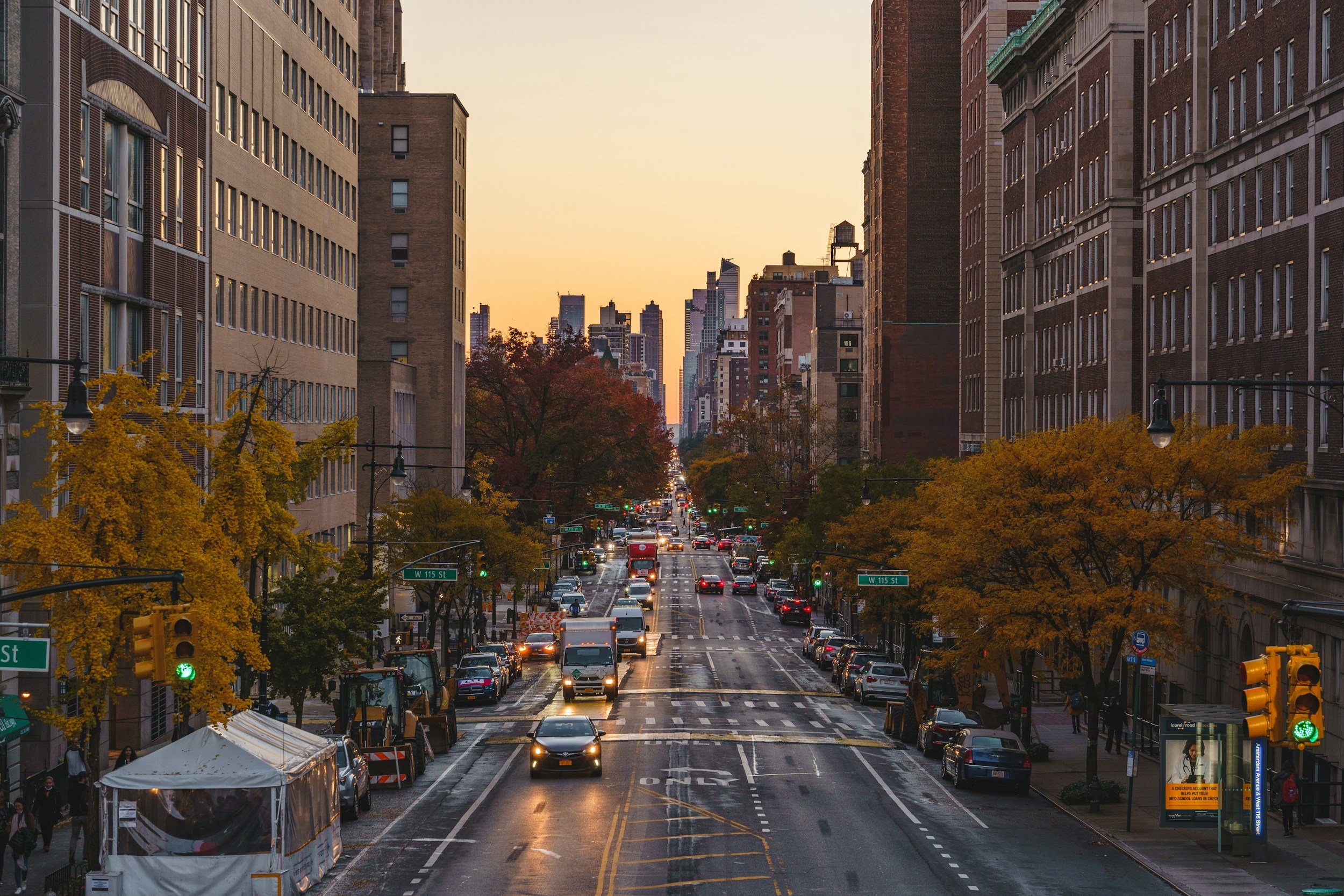



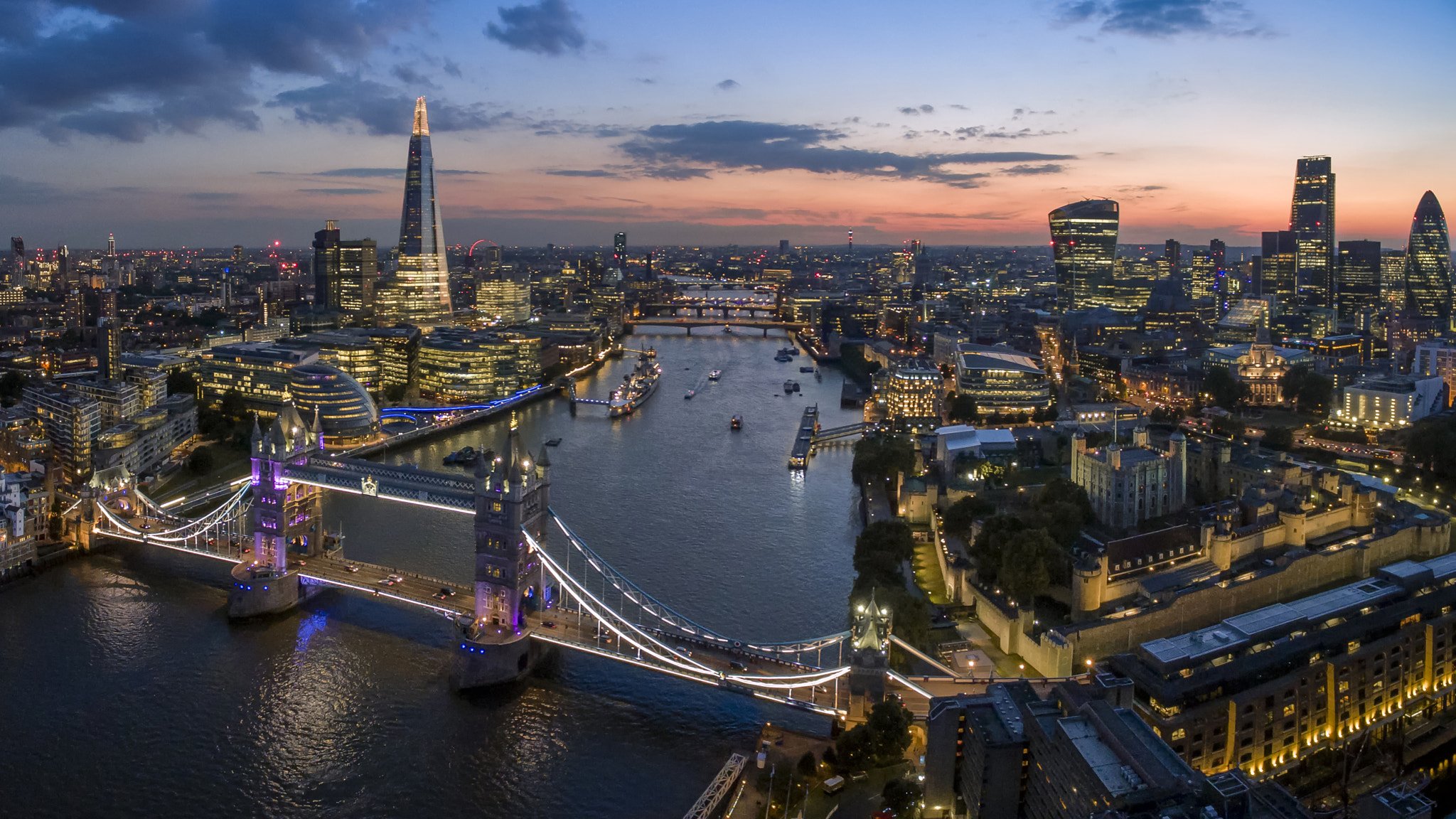

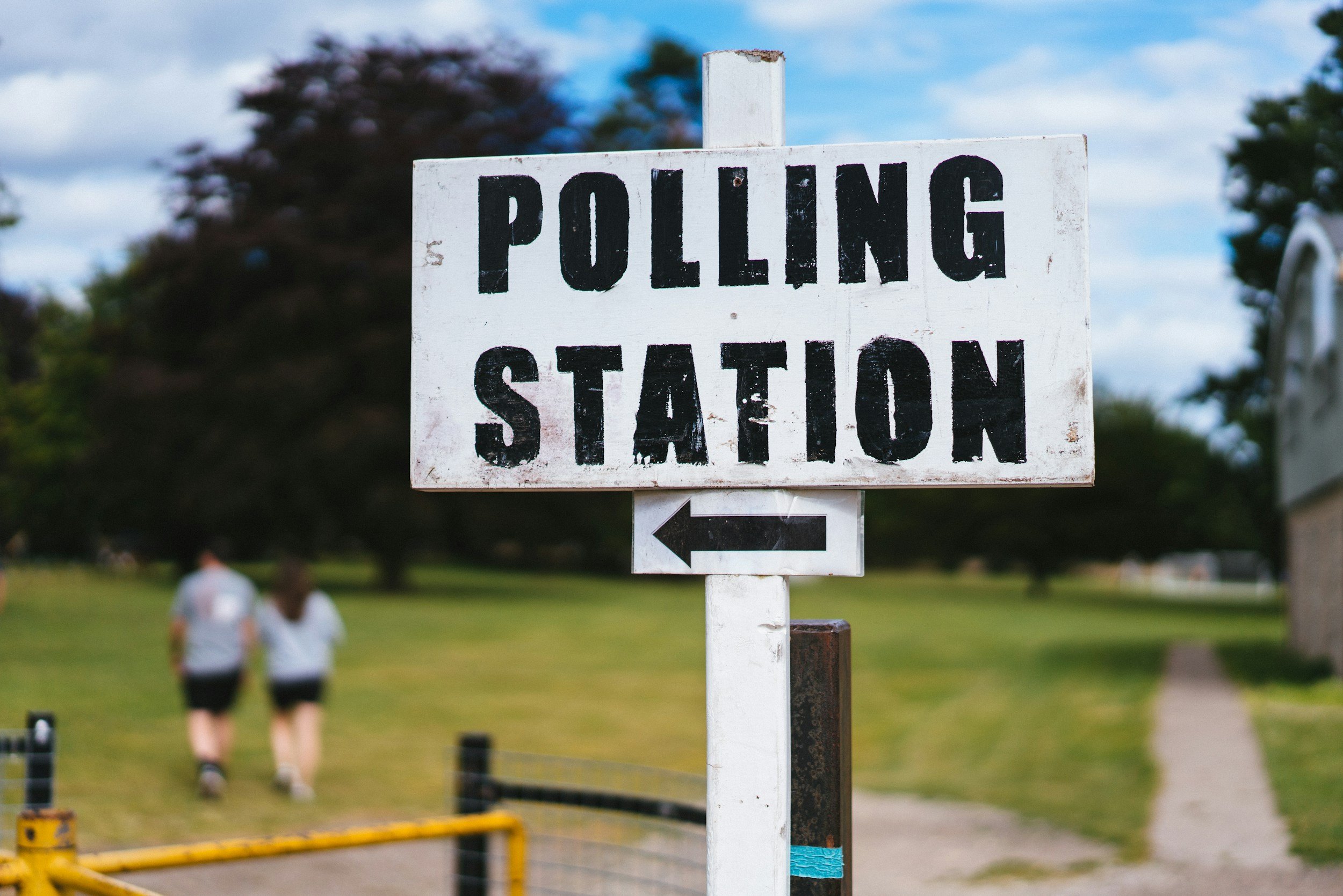



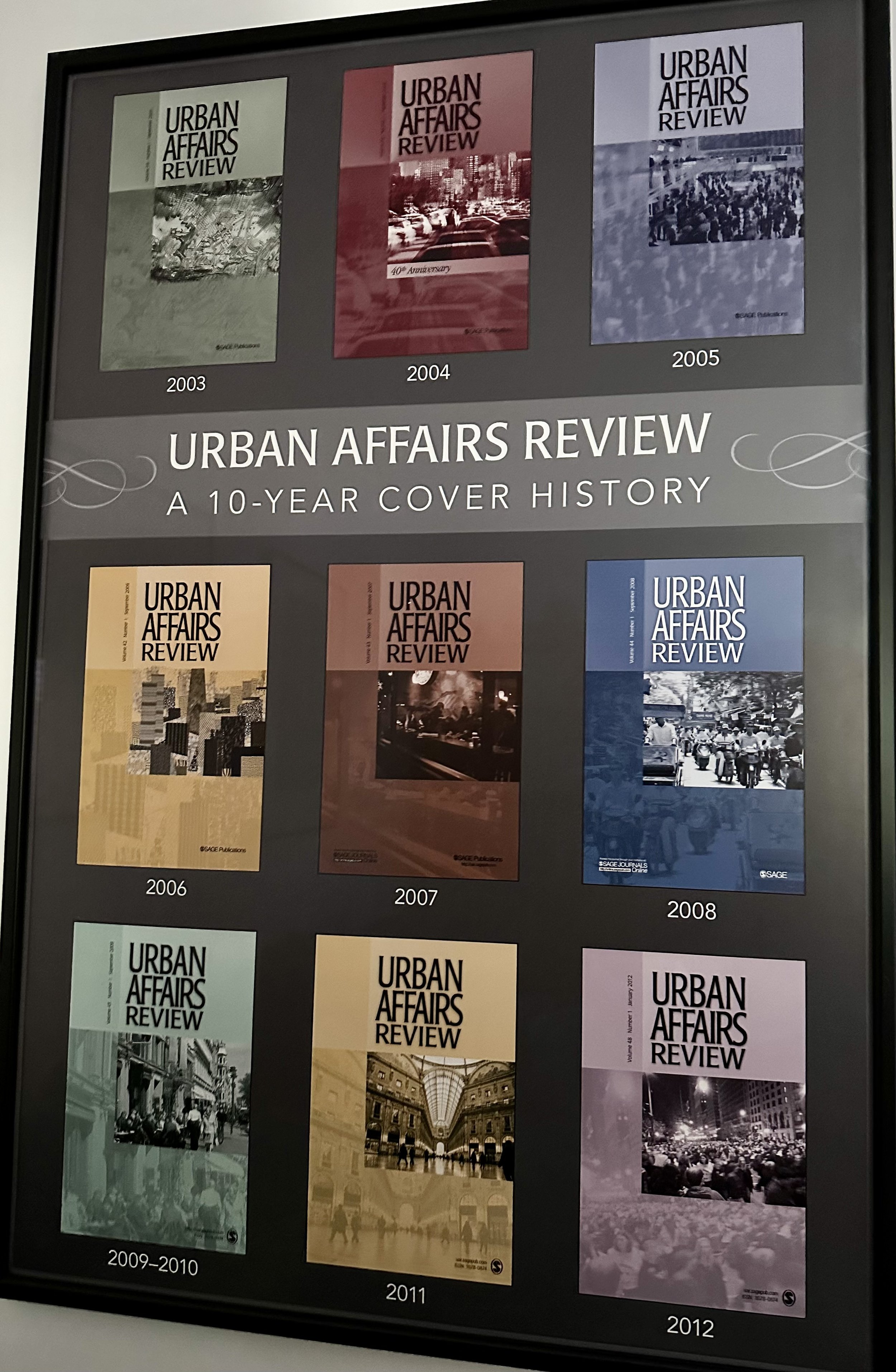








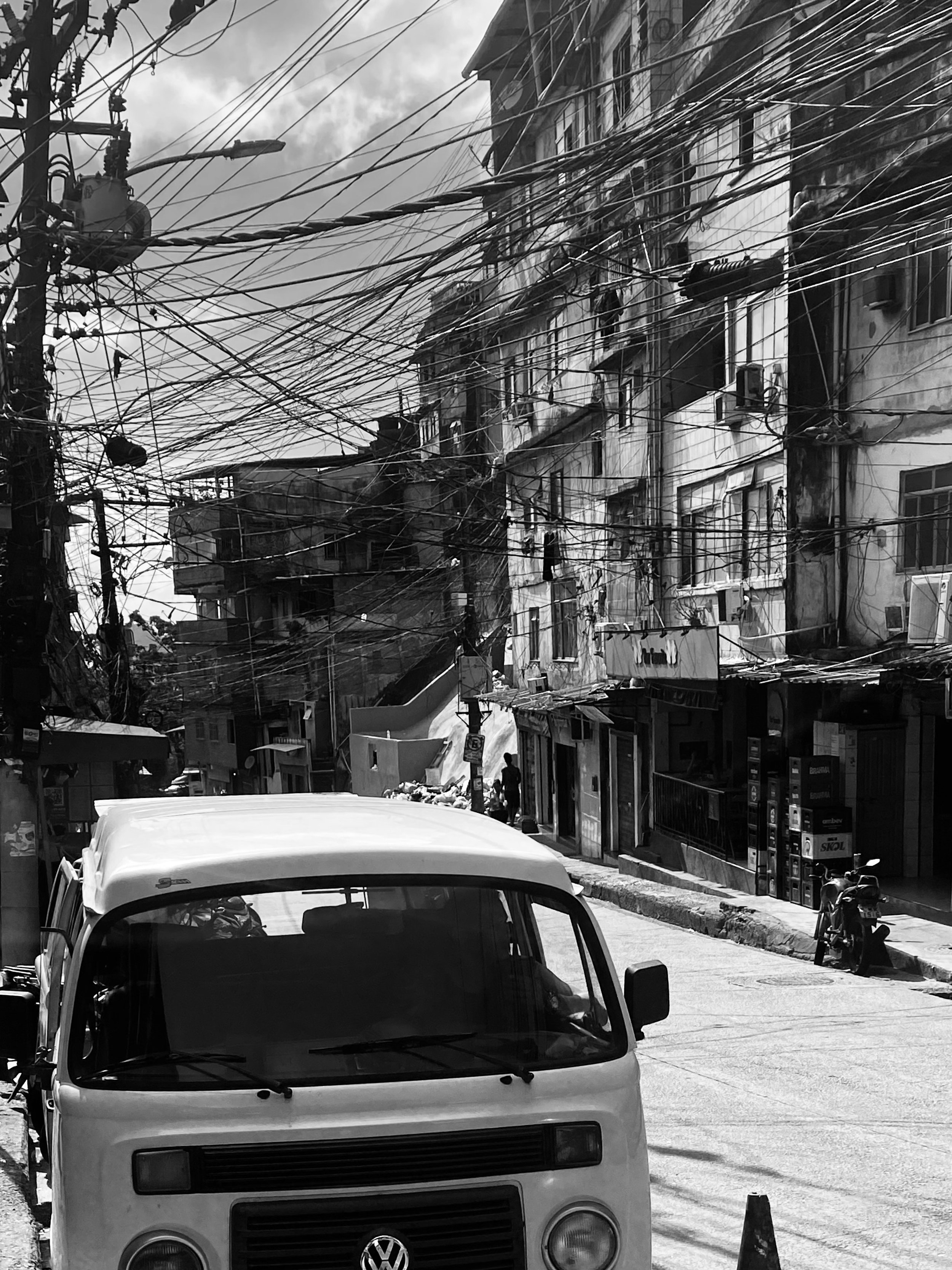




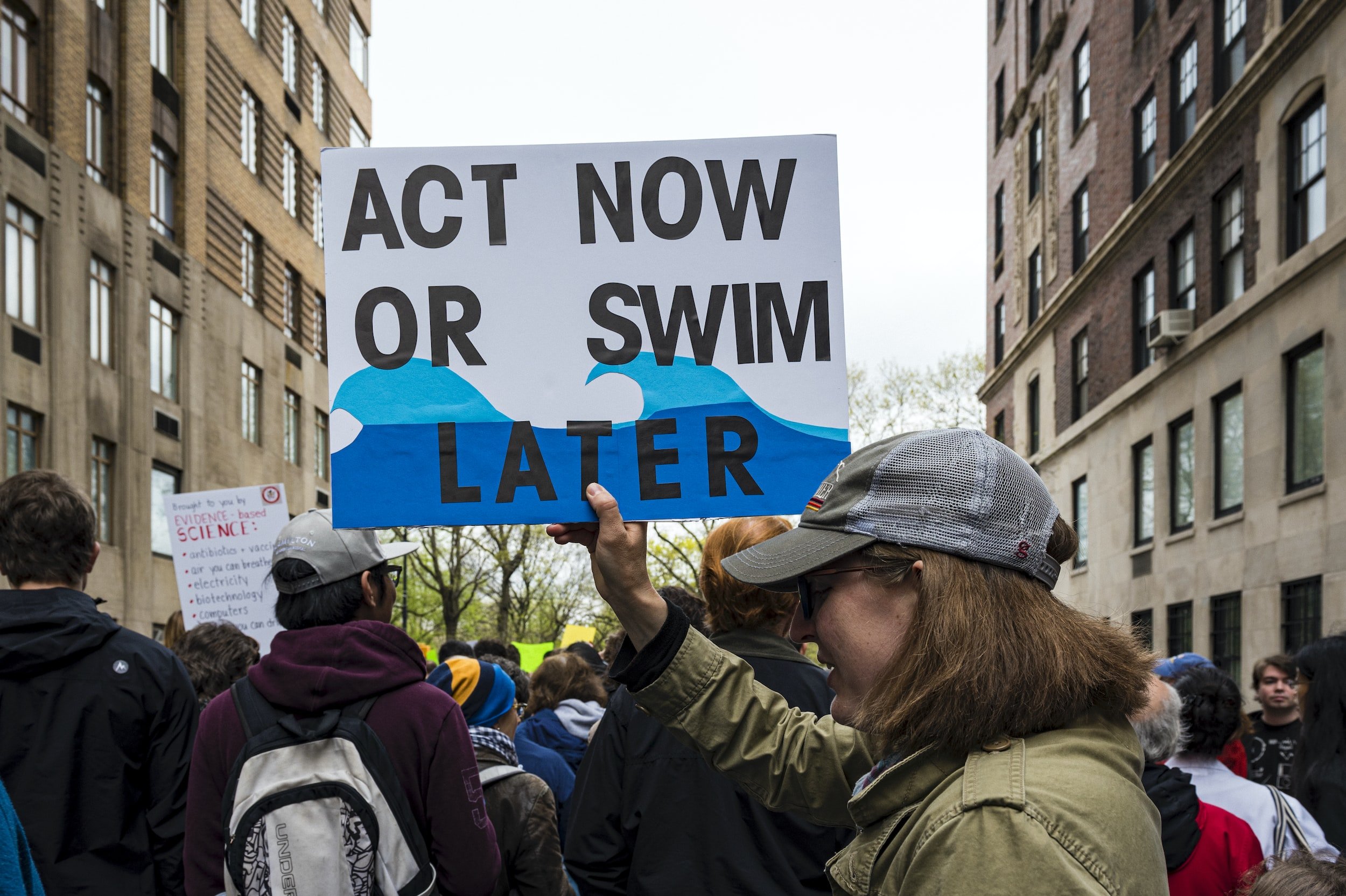







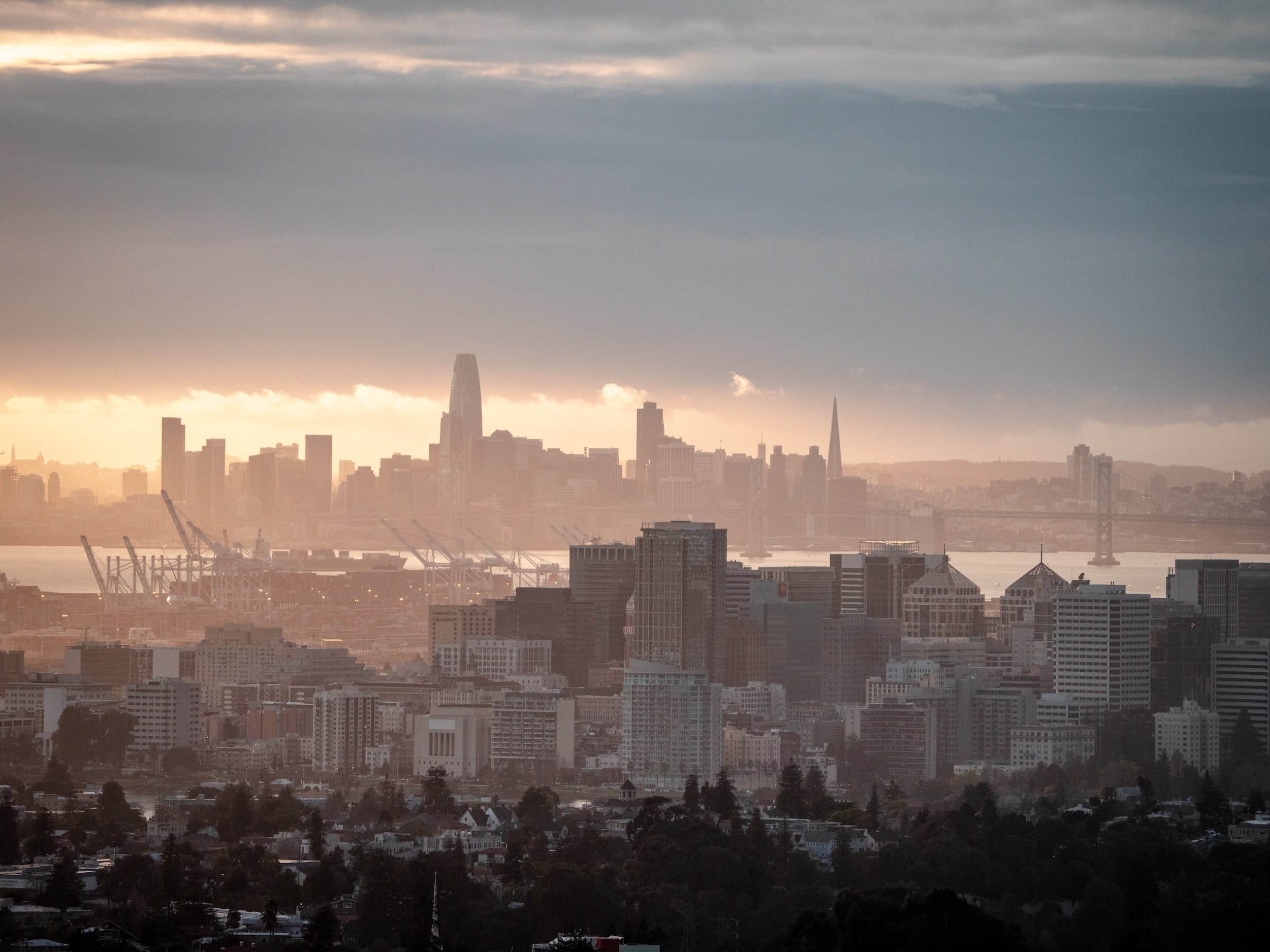
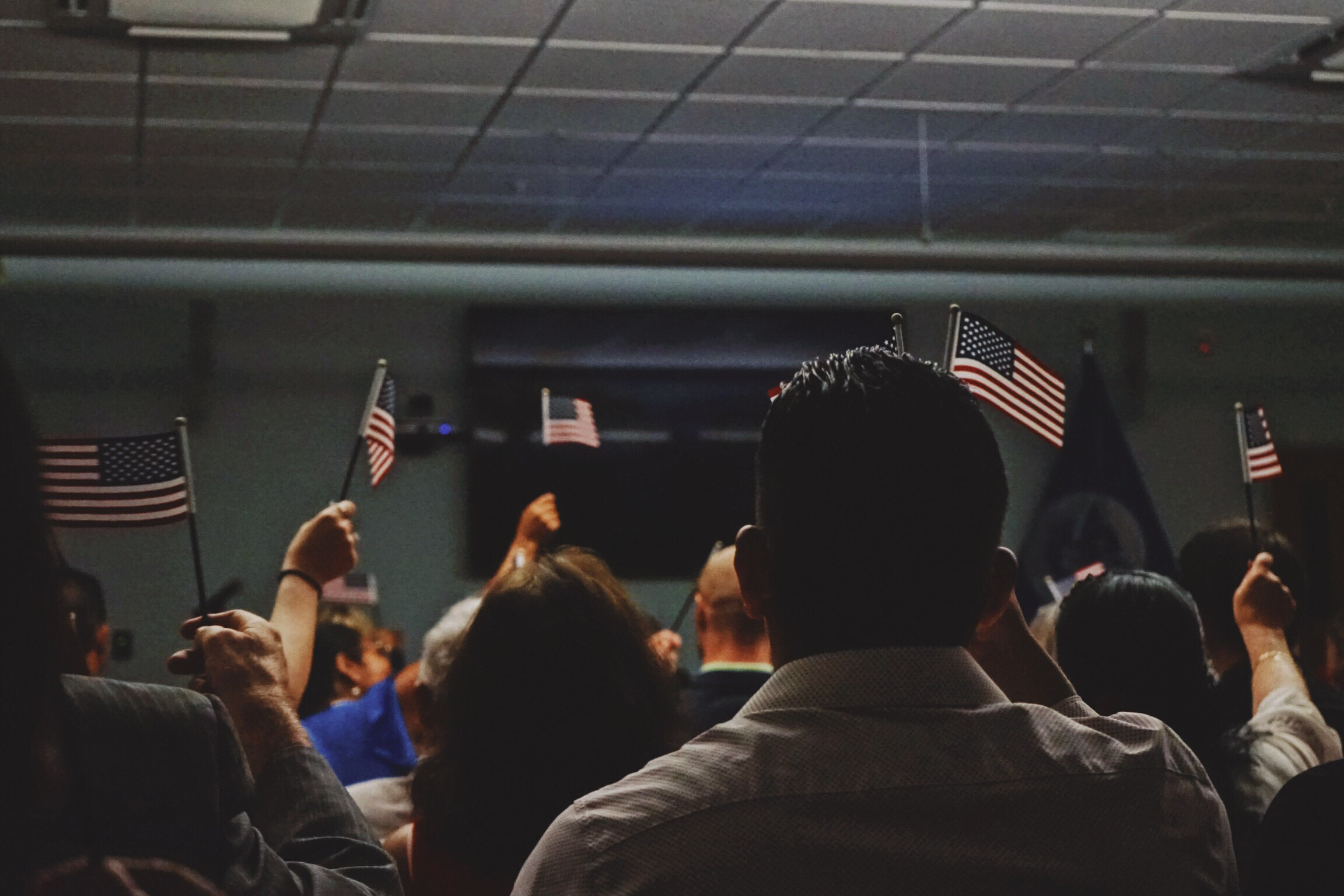









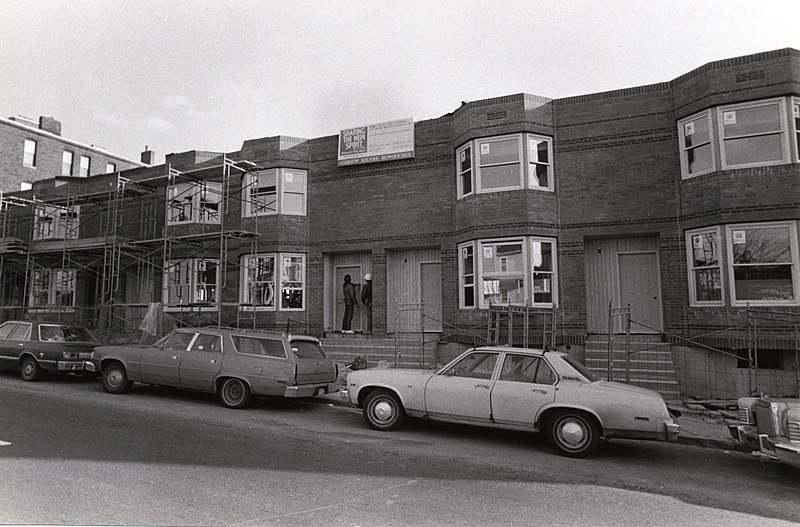


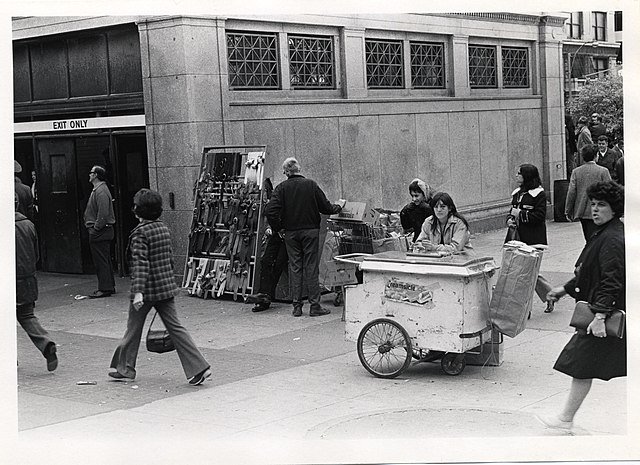

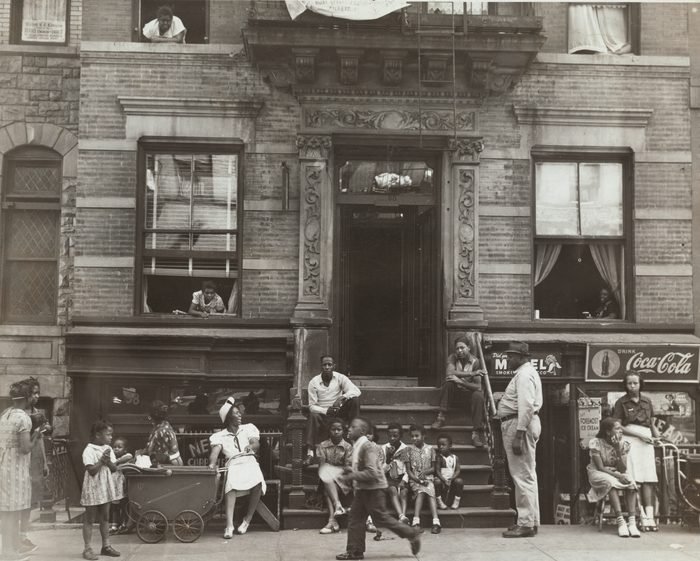














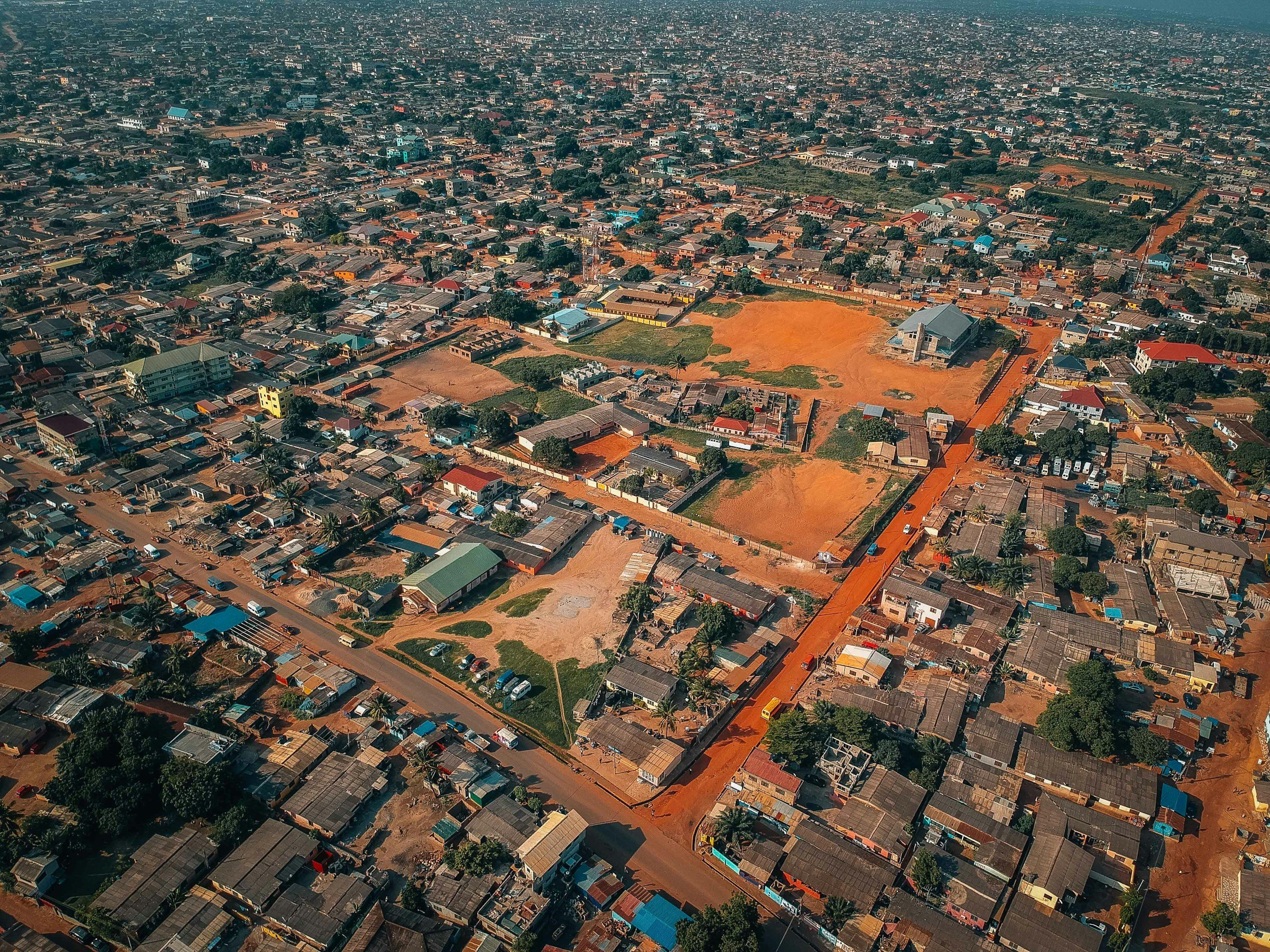
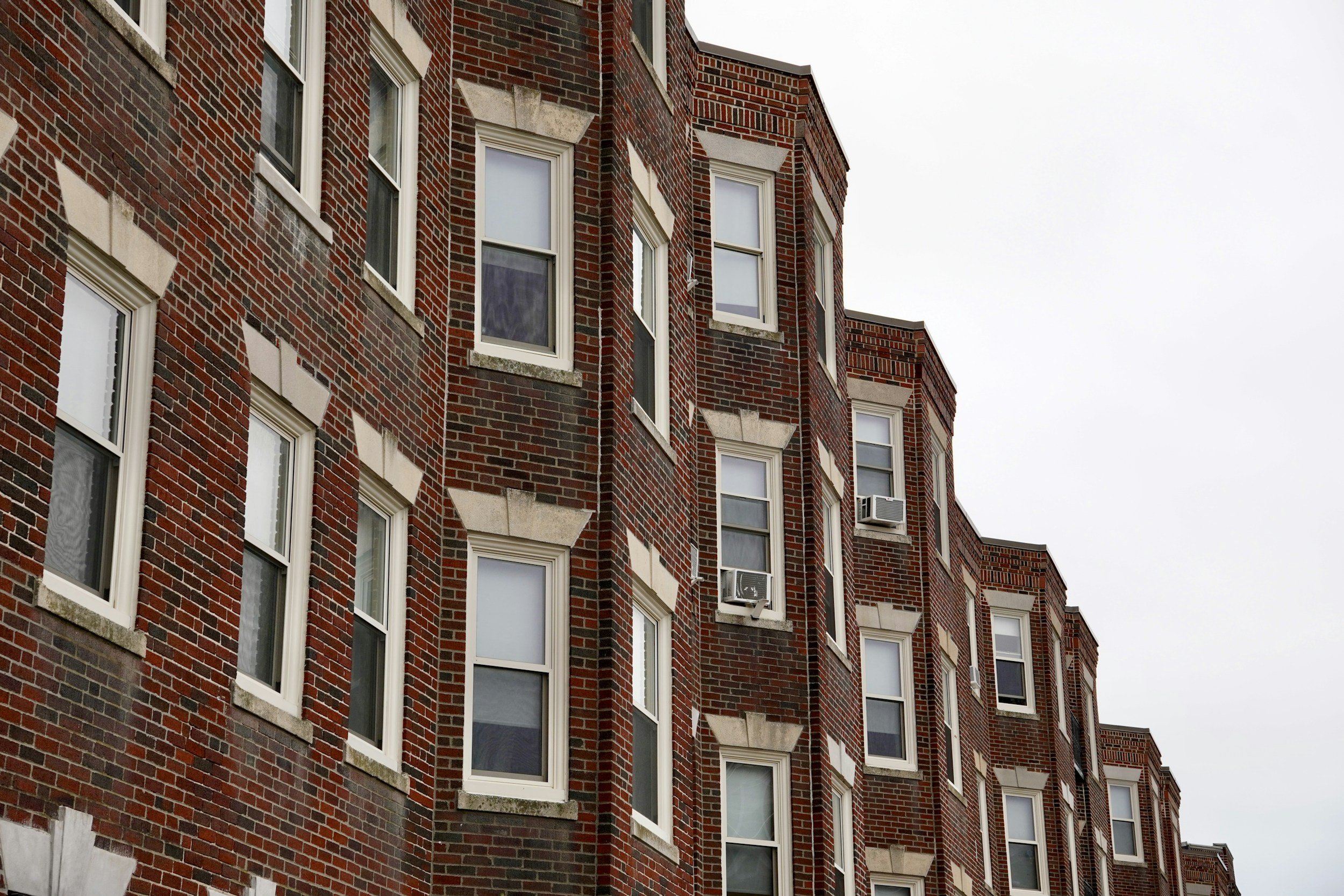
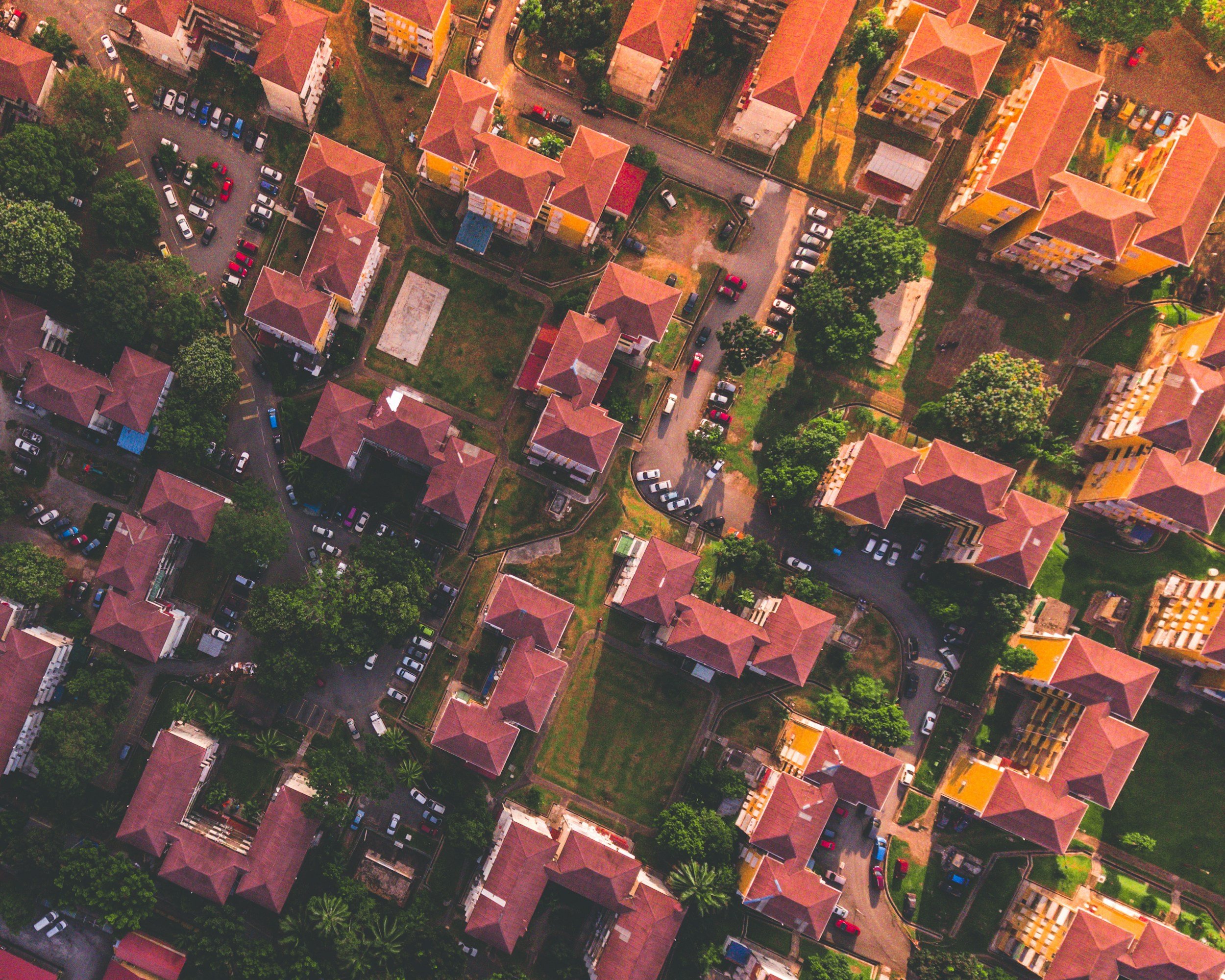
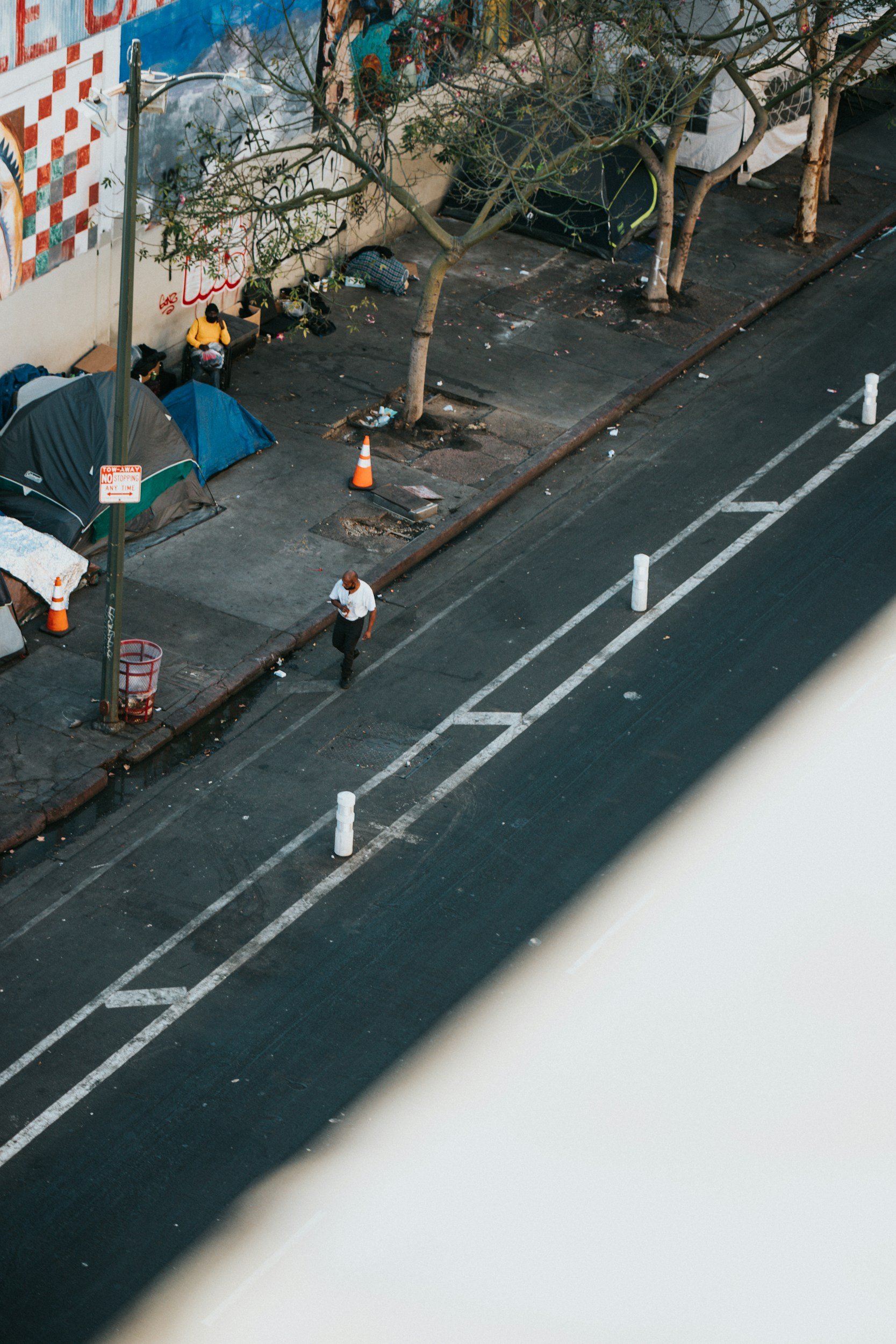
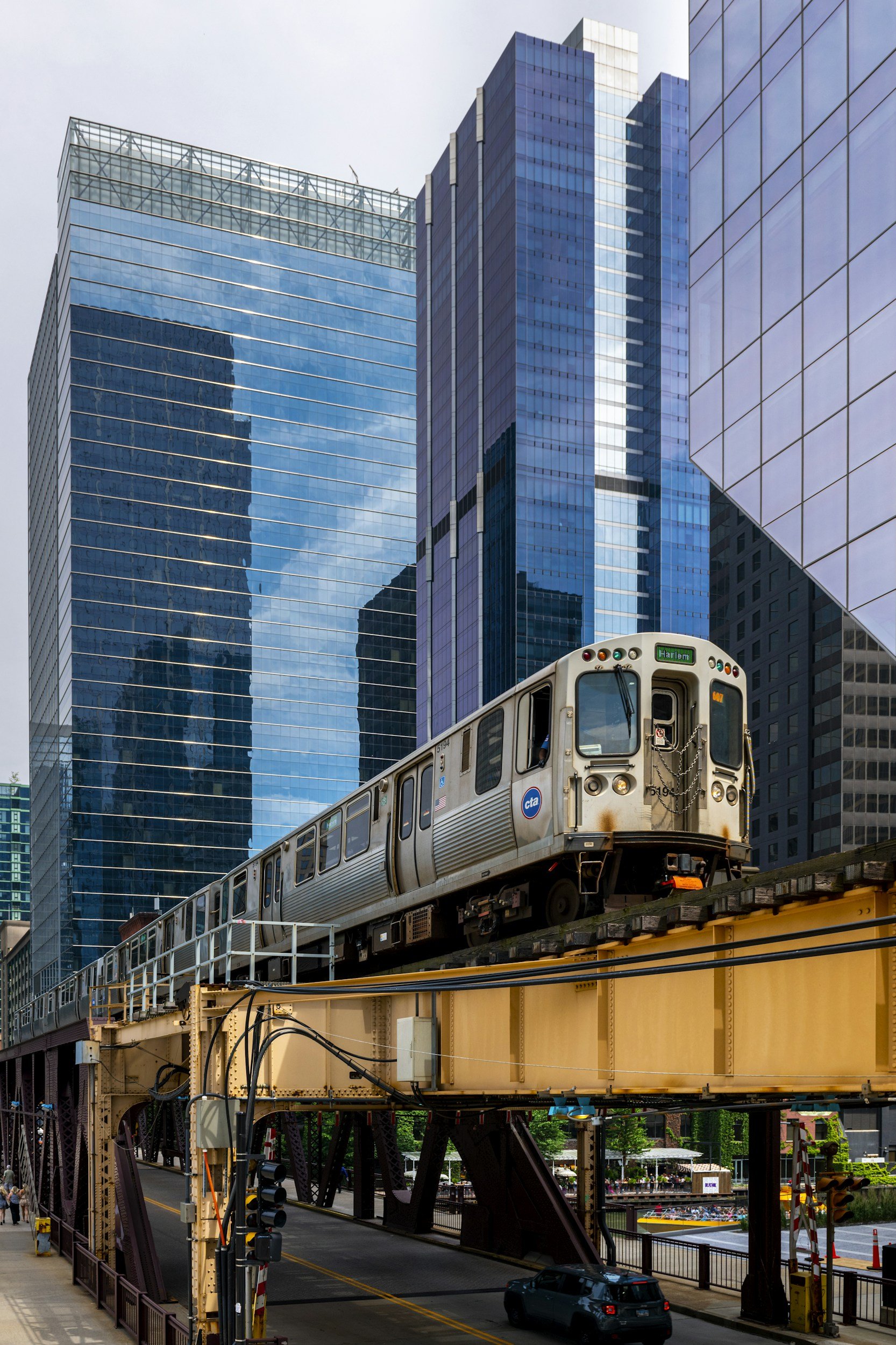
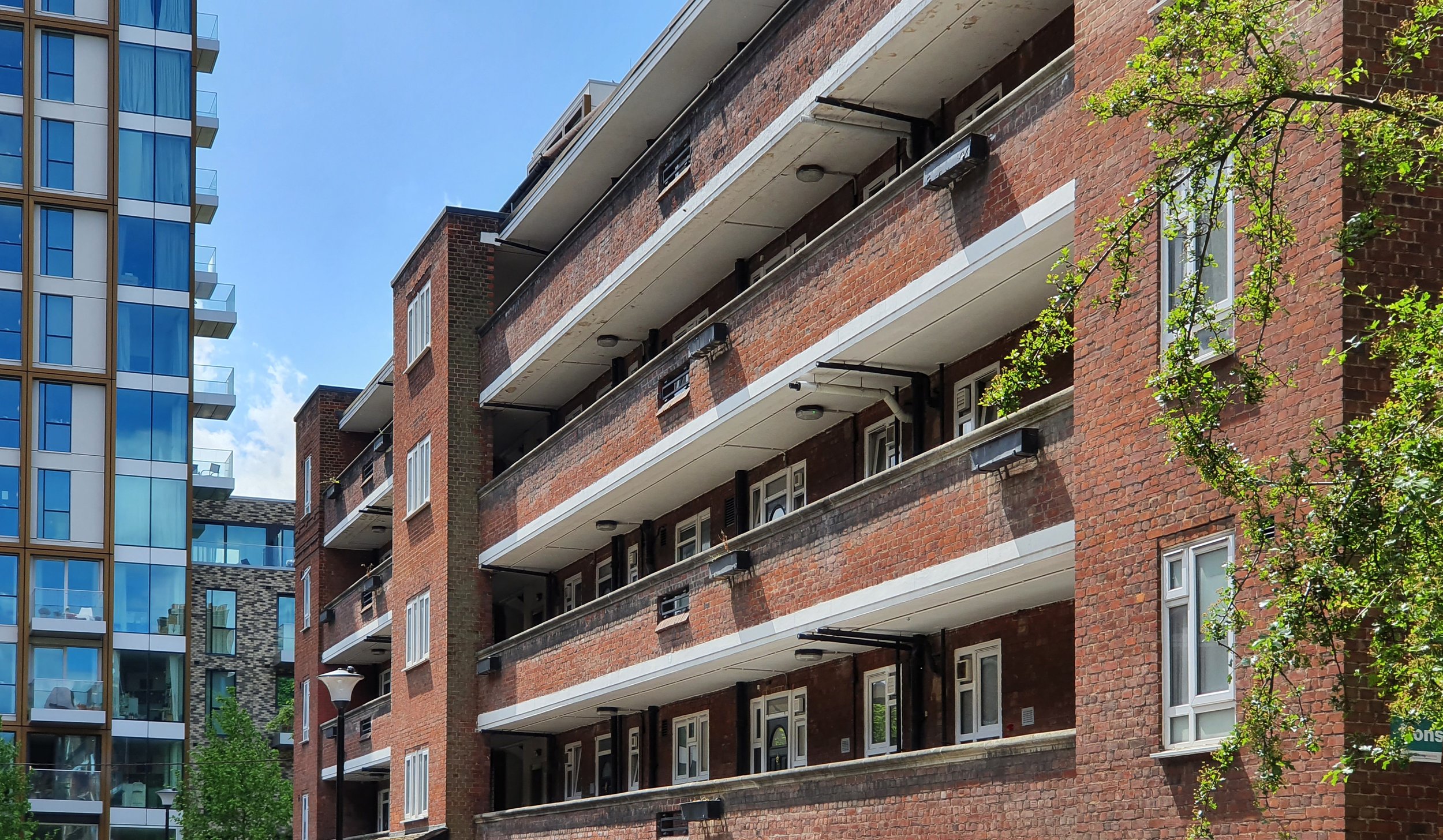










Urban planning has an uneasy relationship with environmental justice. Poor planning decisions and discriminatory practices have historically heightened the burdens of environmental contamination in low-income neighborhoods and communities of color, in comparison to white, wealthy populations. Since the 1980s, activists have garnered some regulatory and scholarly support for changes to policy and planning processes, but urban planners have been slow to adopt an explicit EJ framework in land use policies. The planning profession, however, has the capacity to help ensure that future development does not repeat the unjust environmental outcomes of the past.